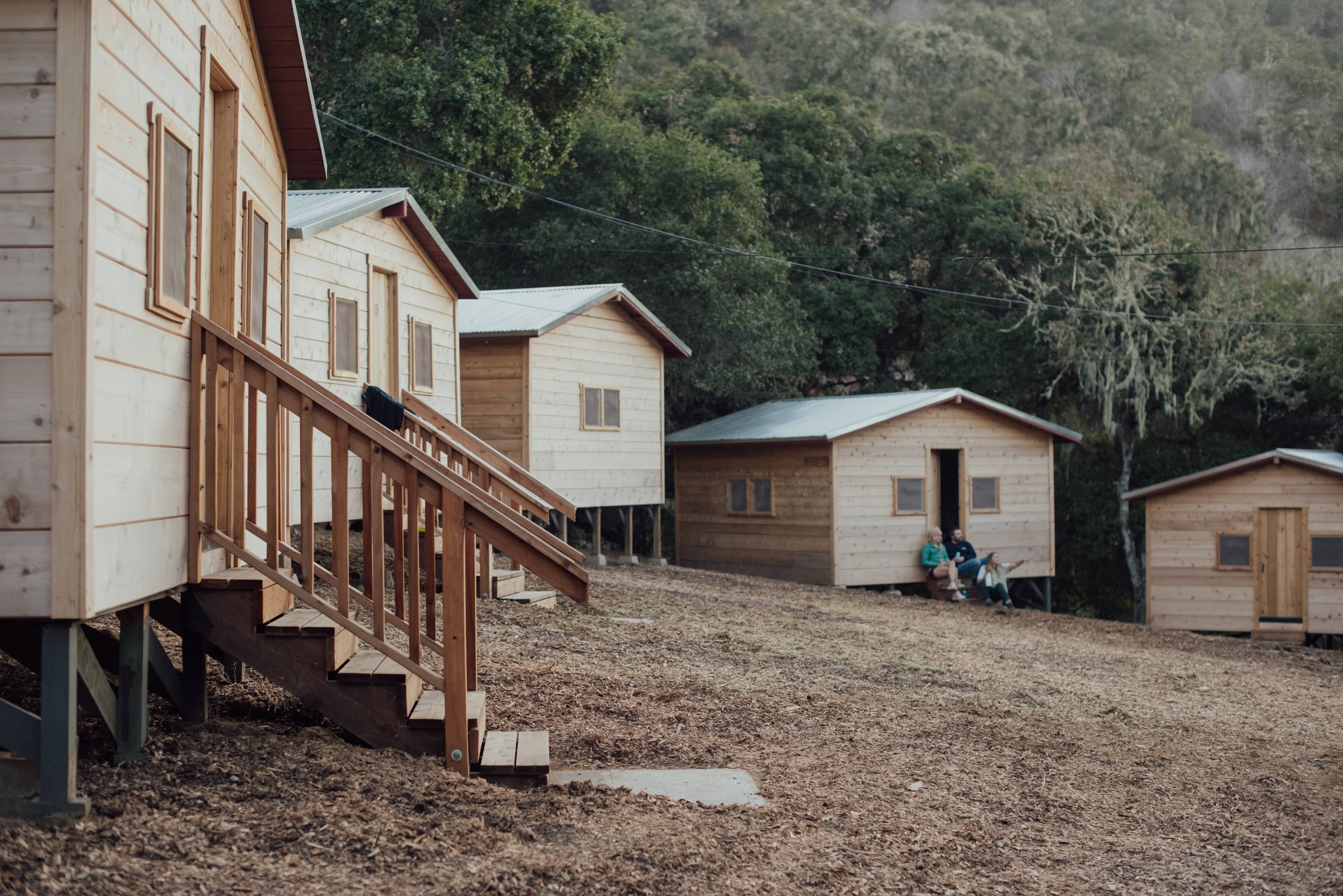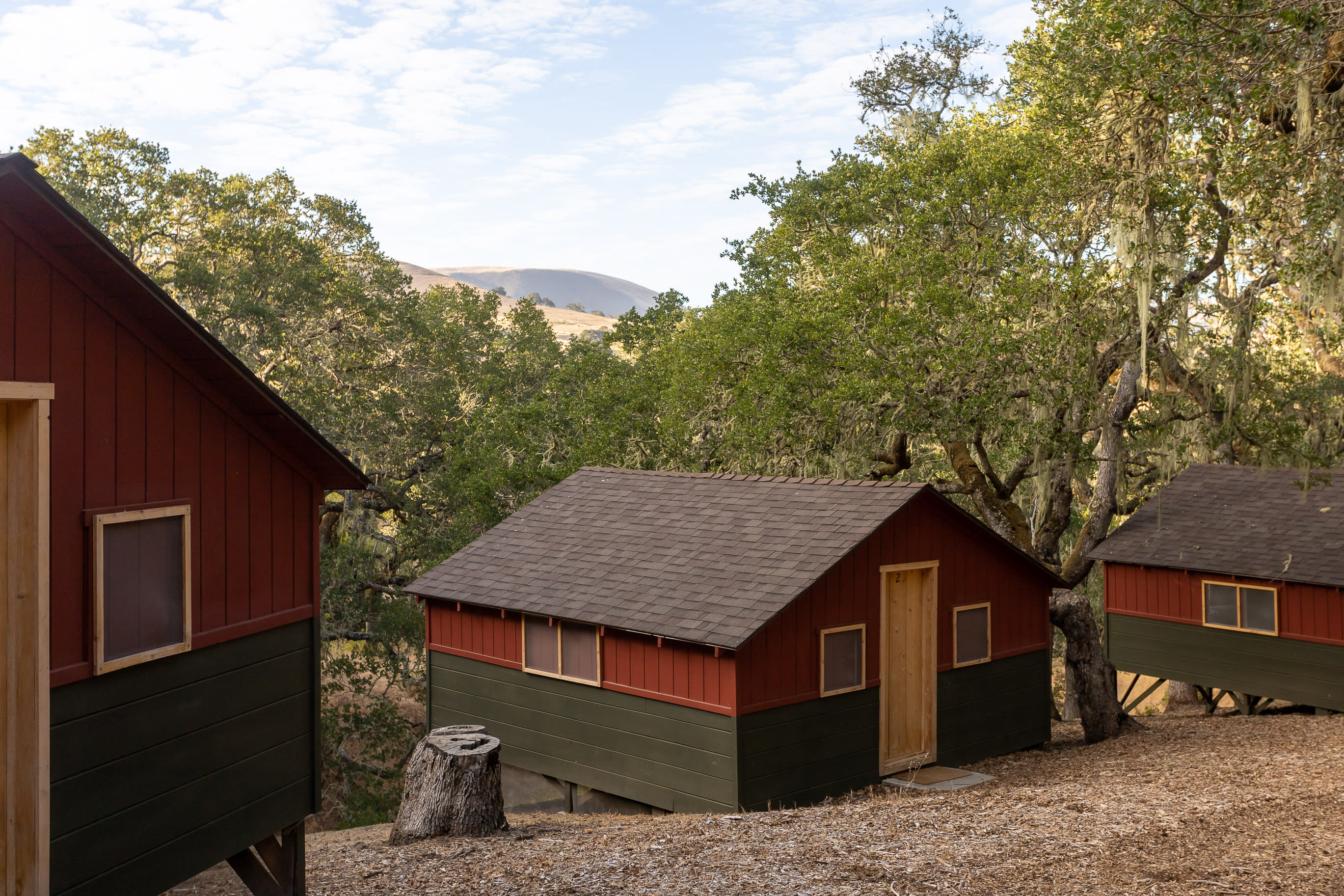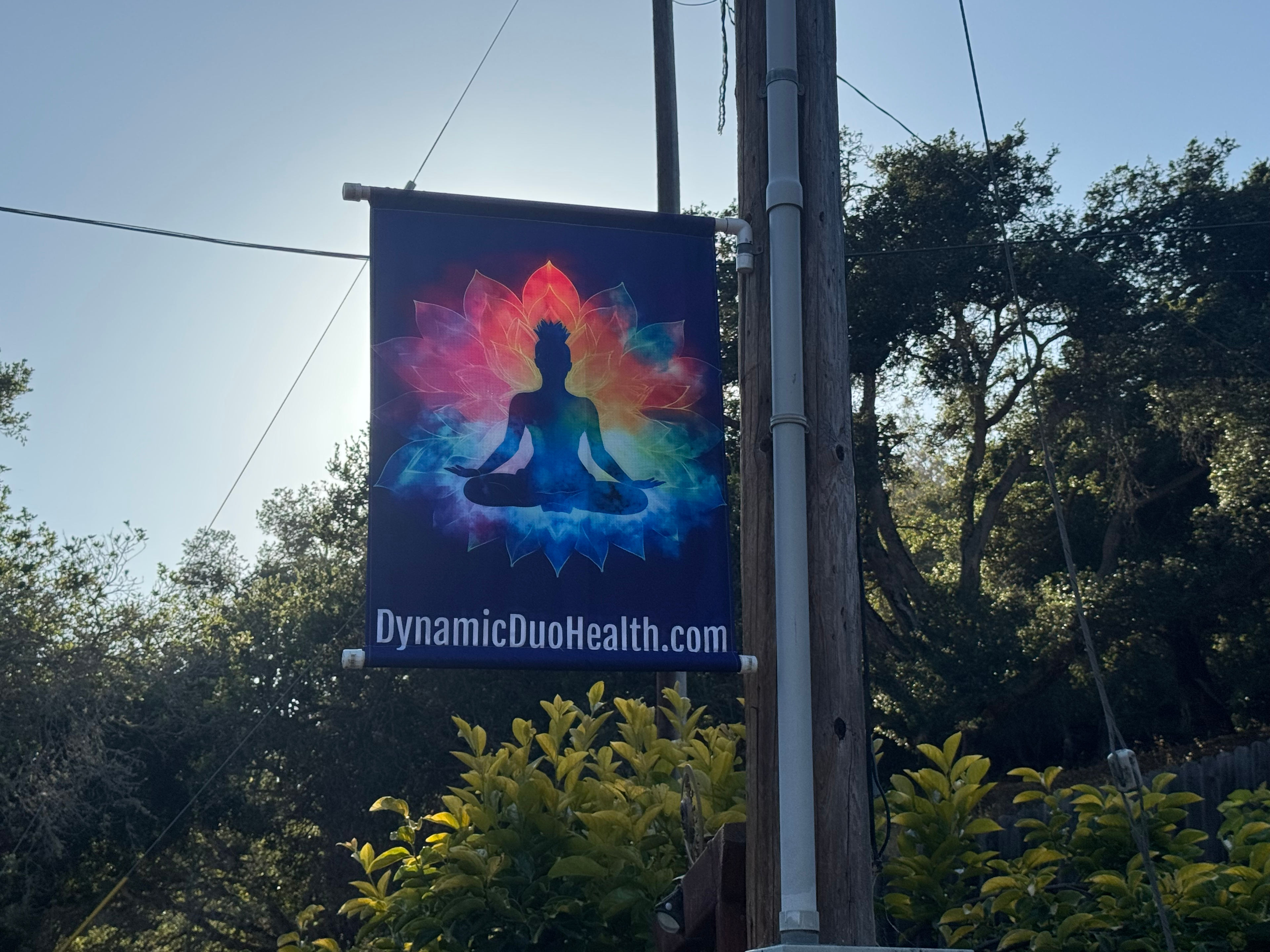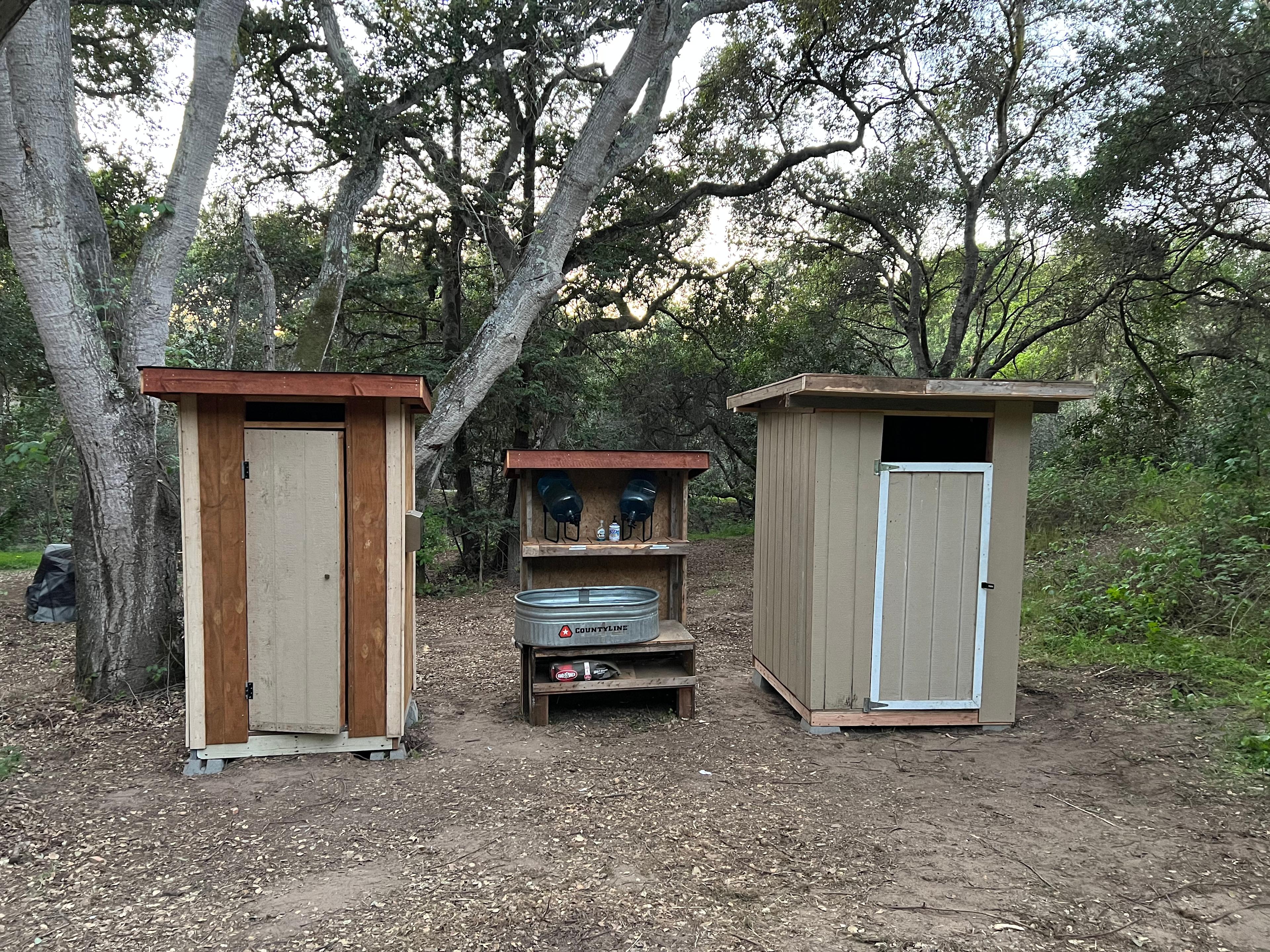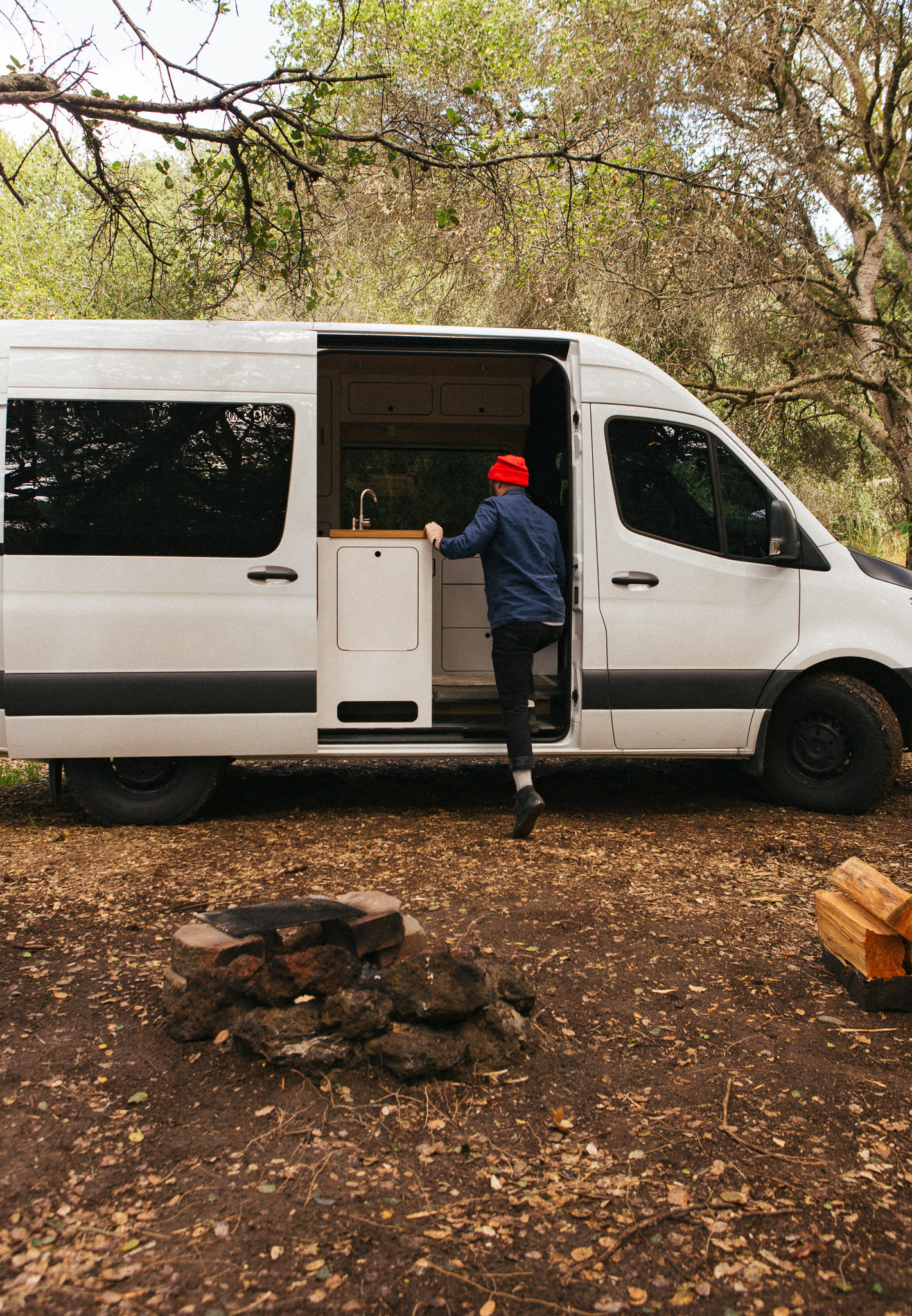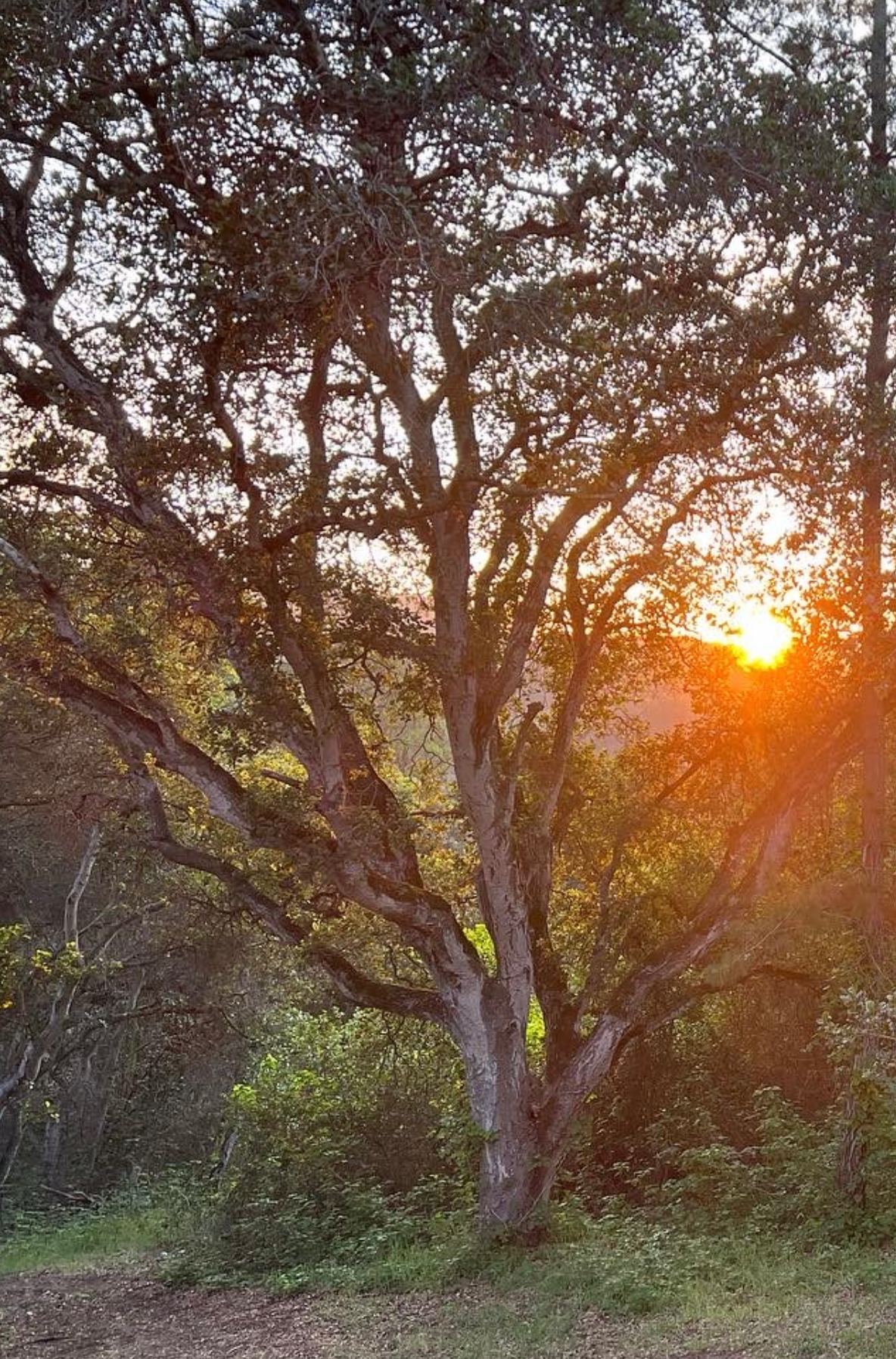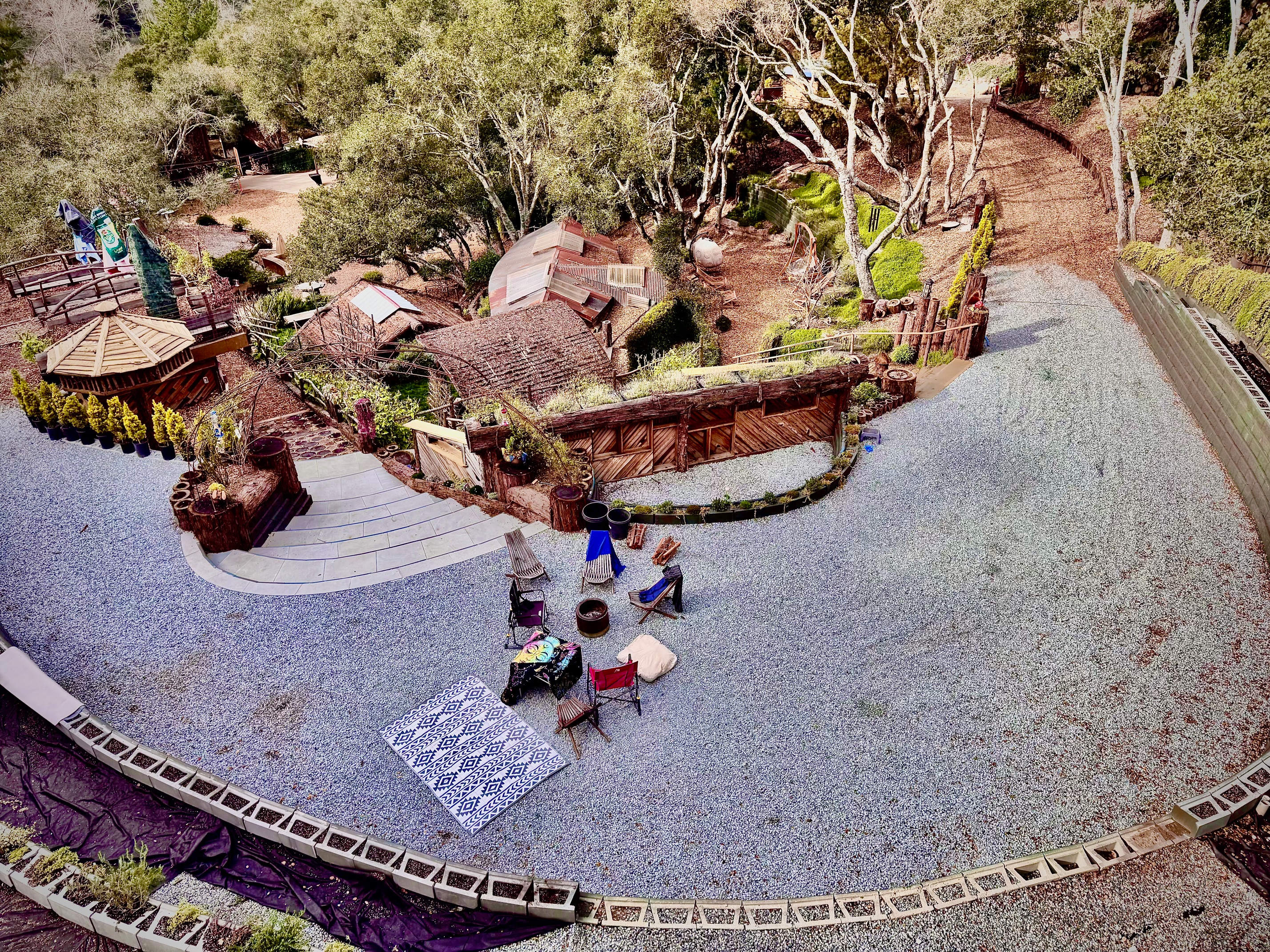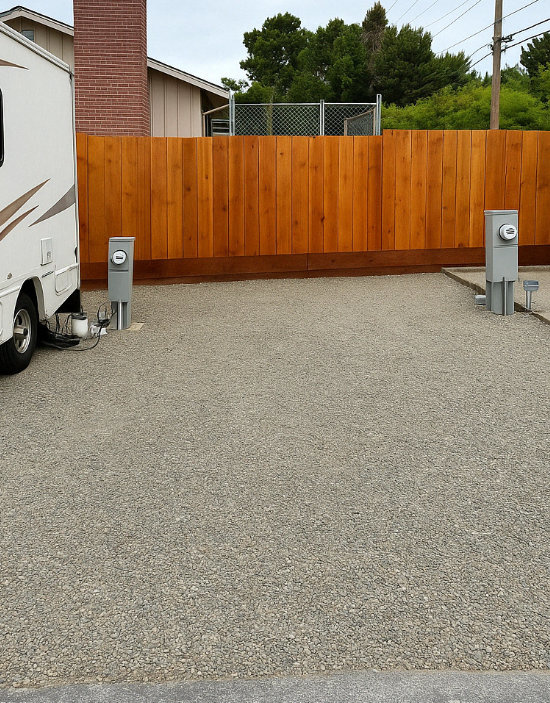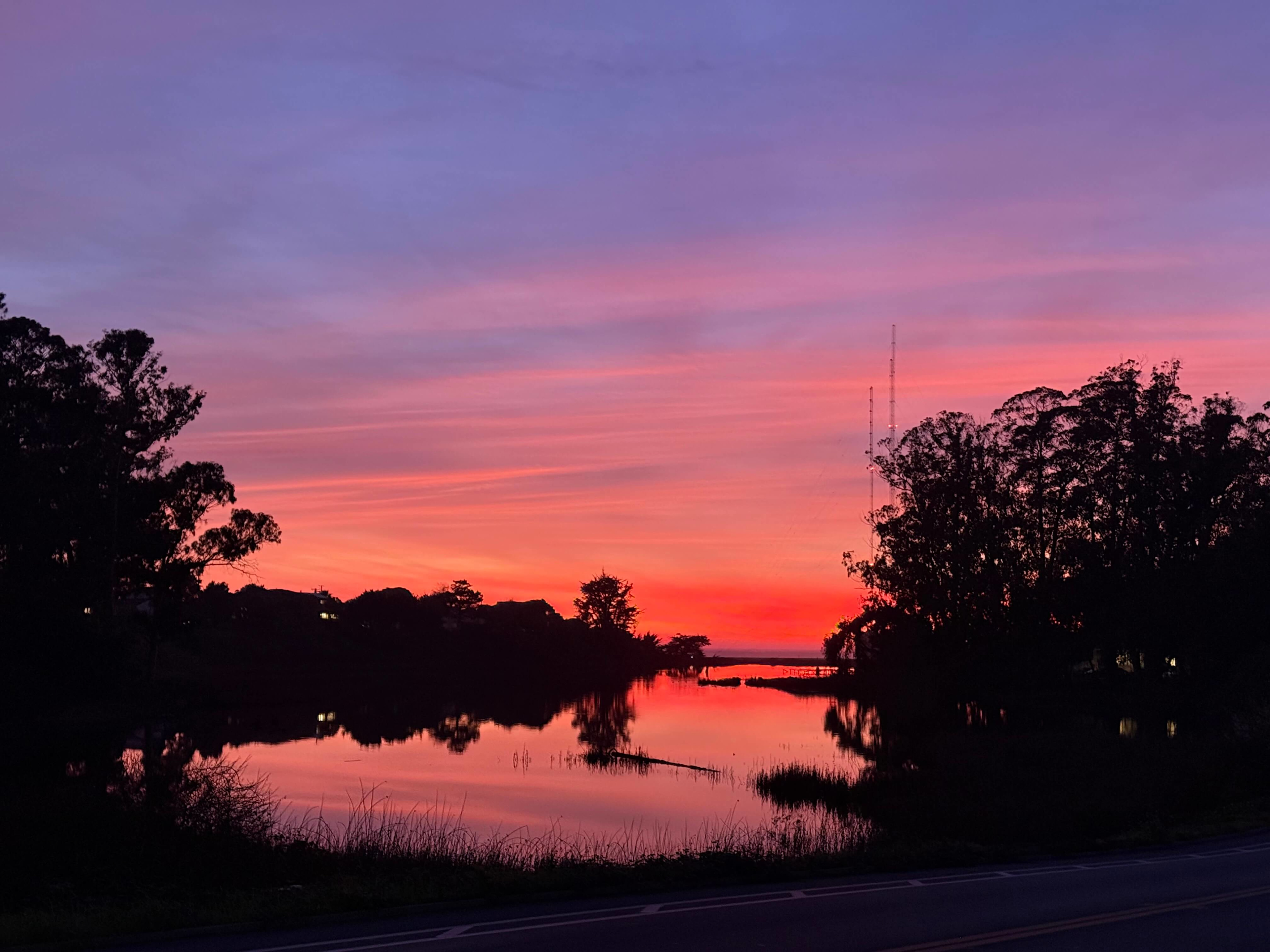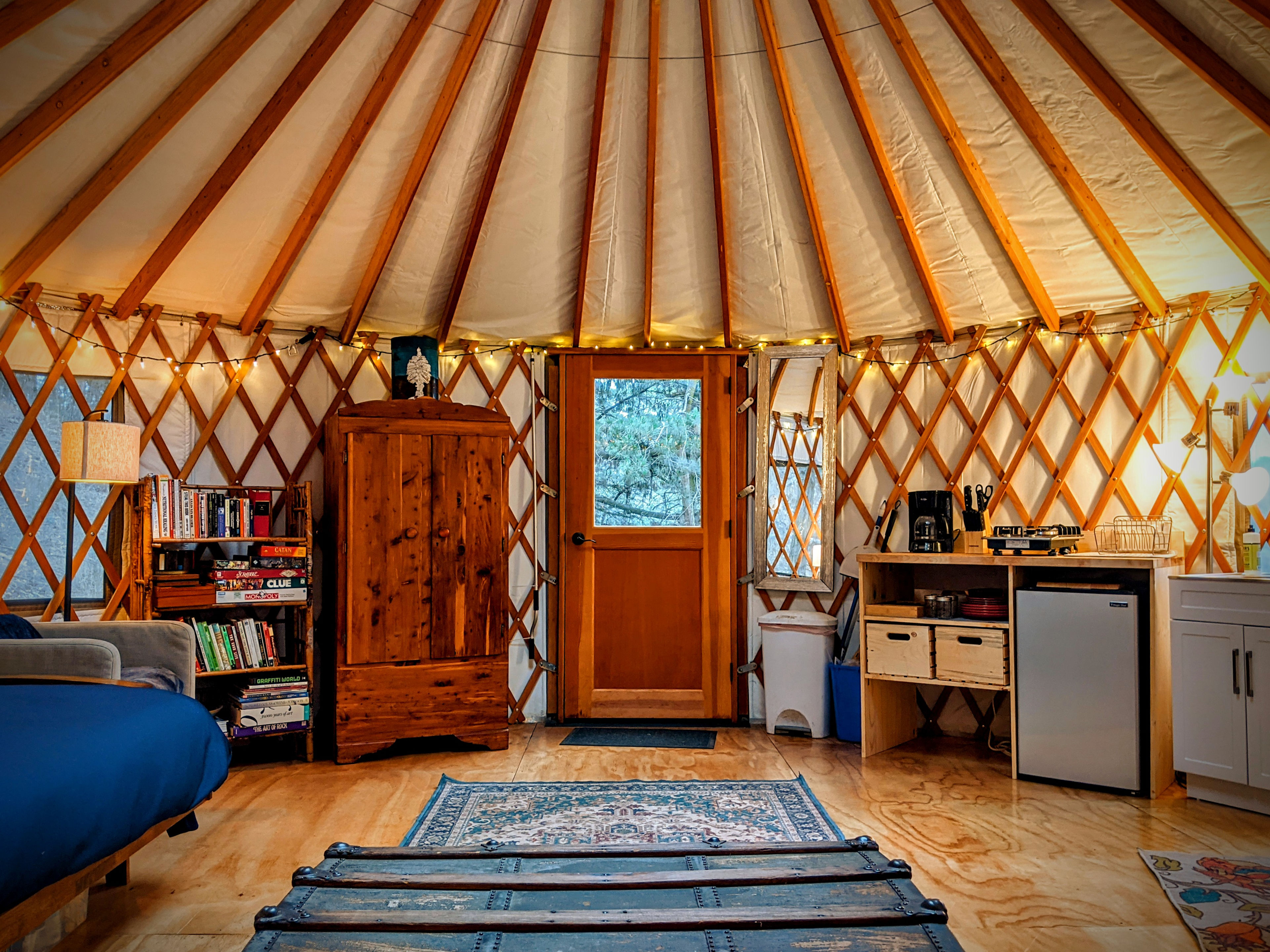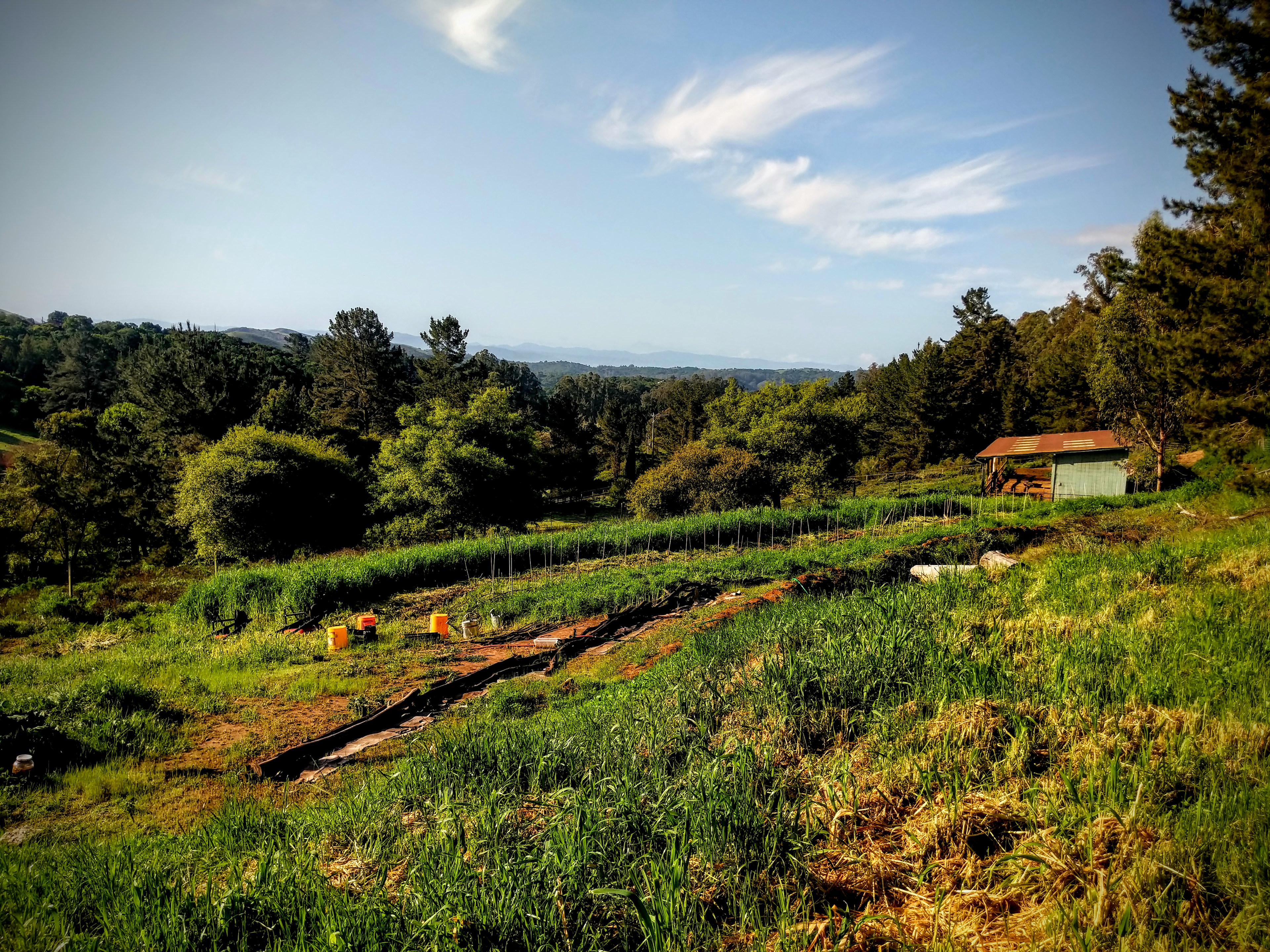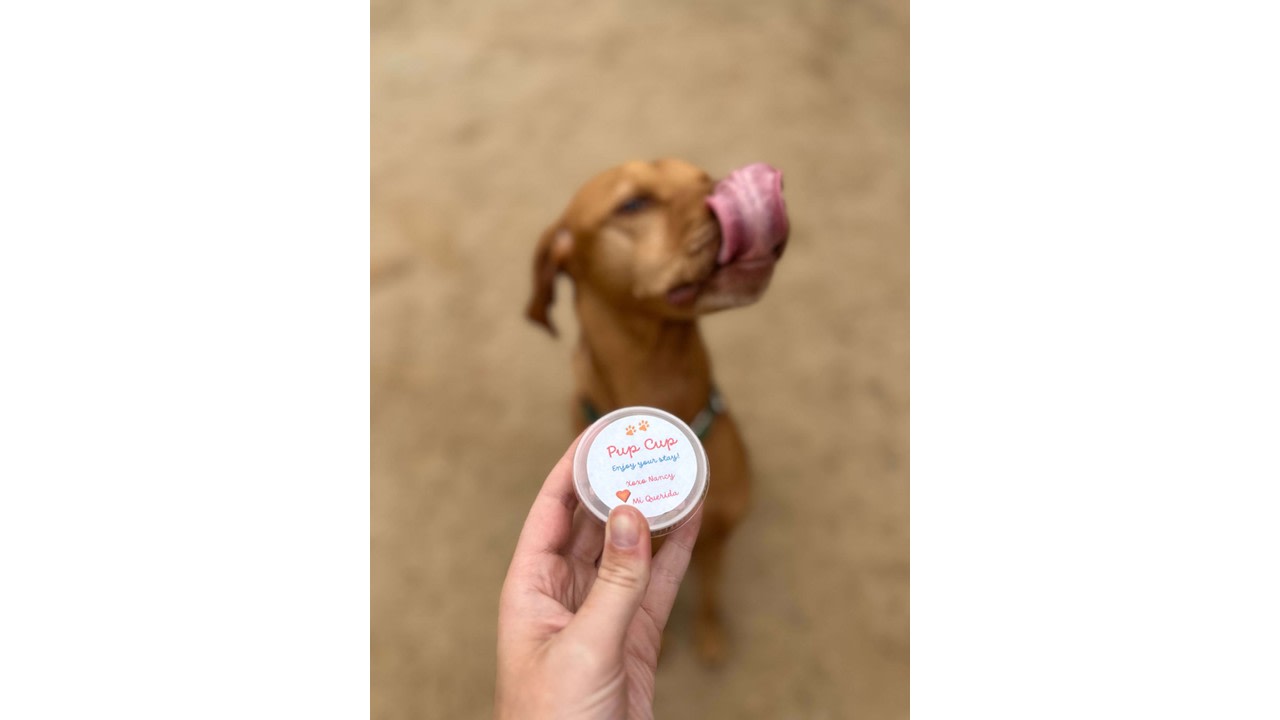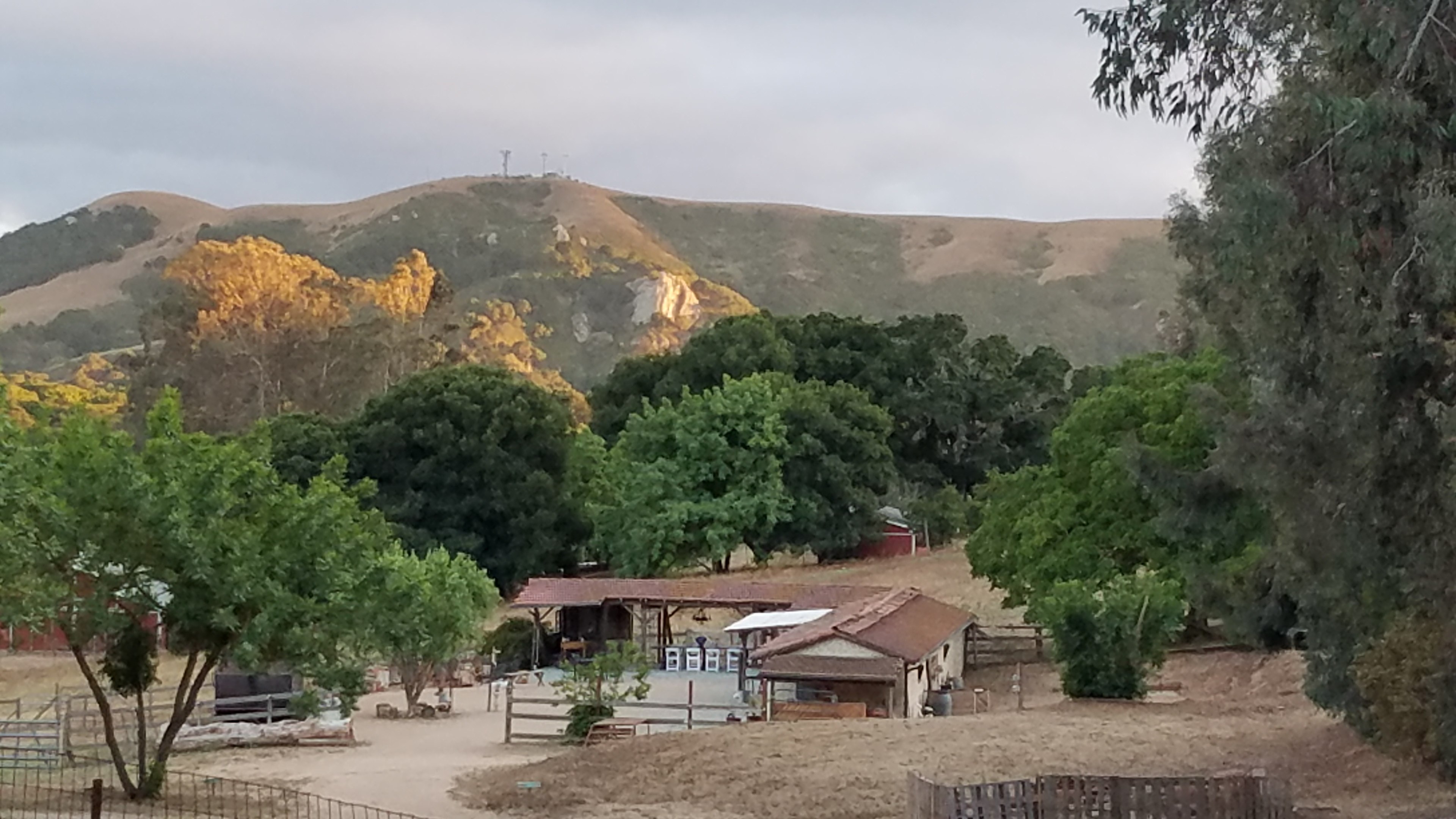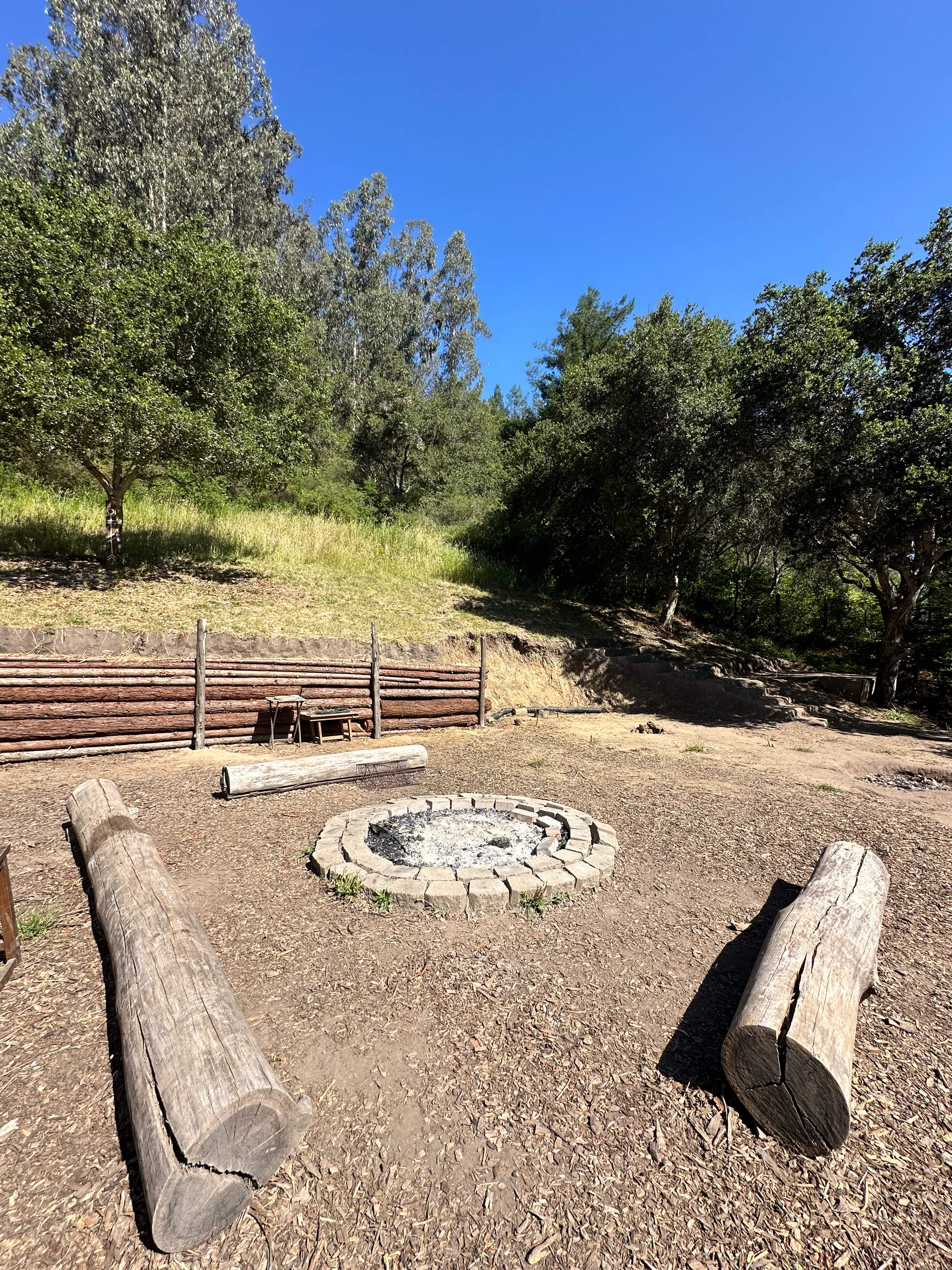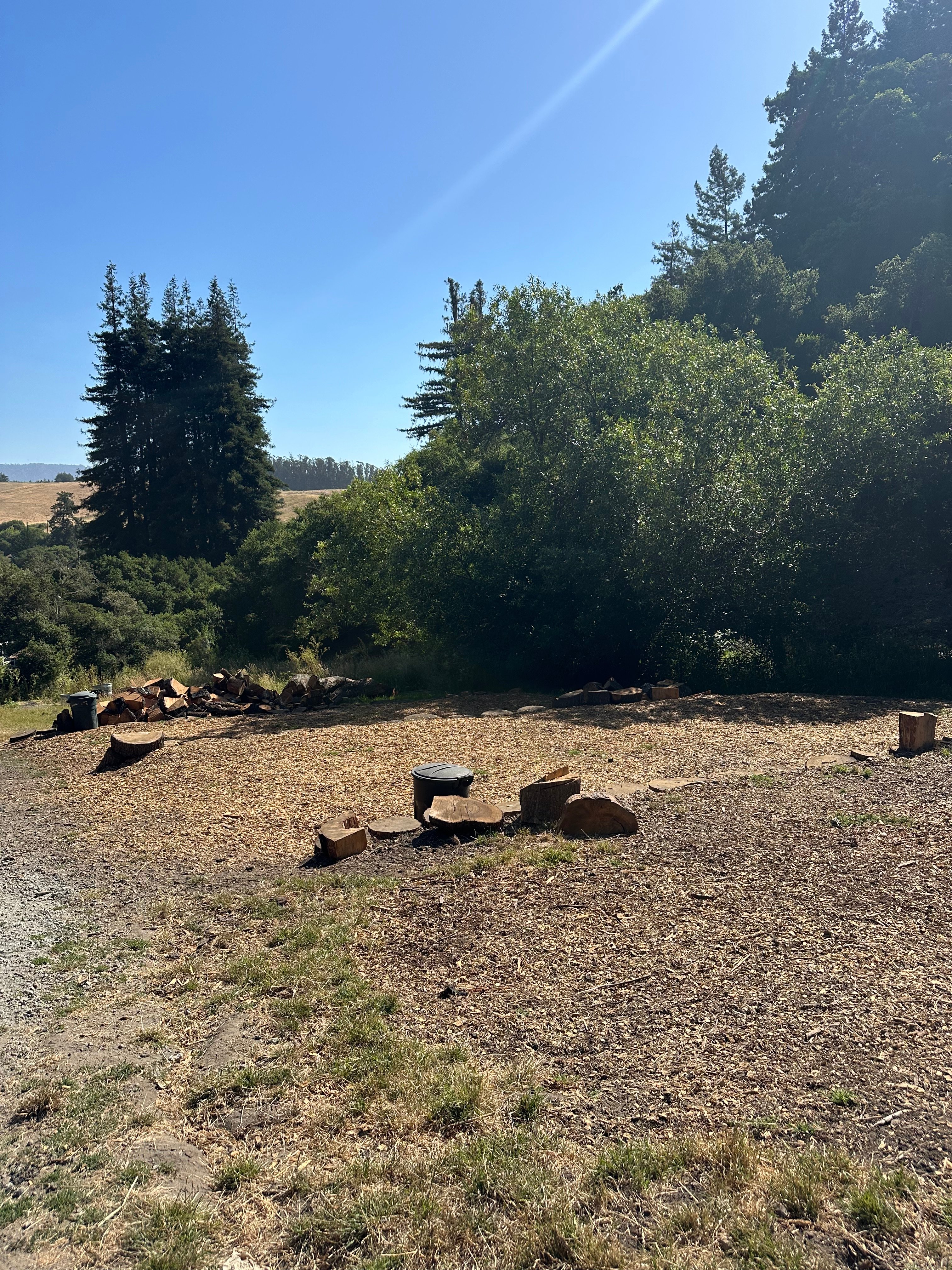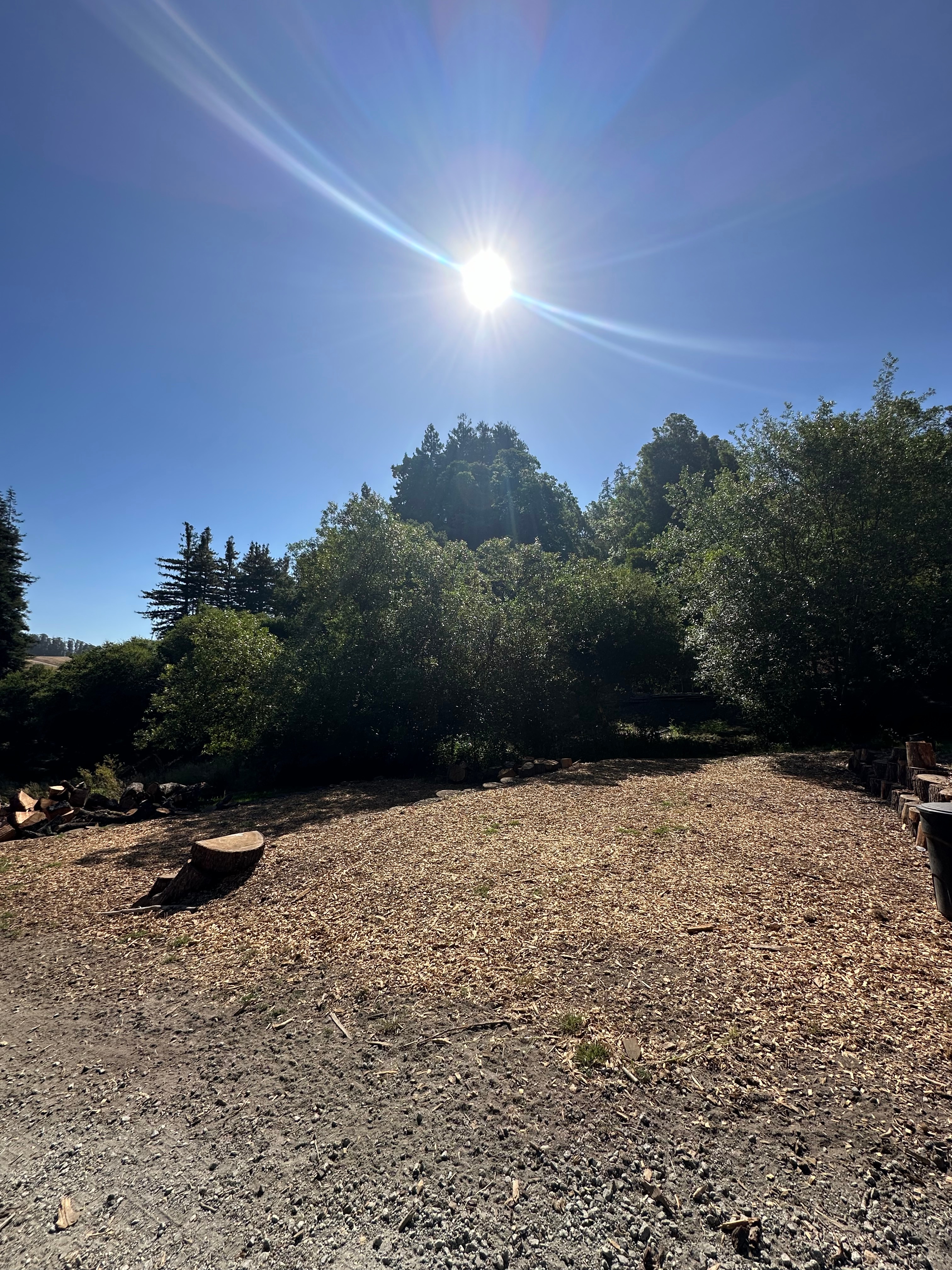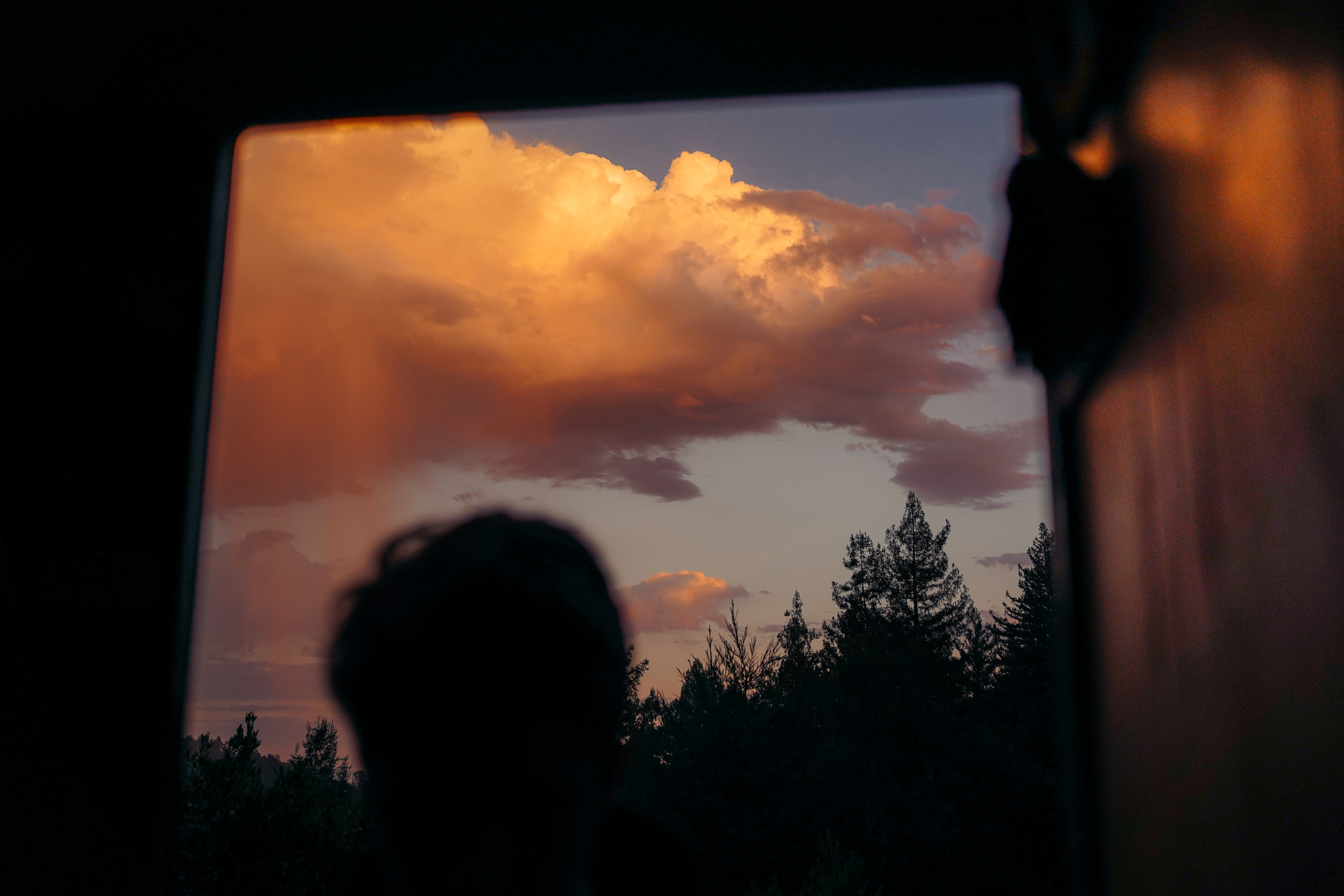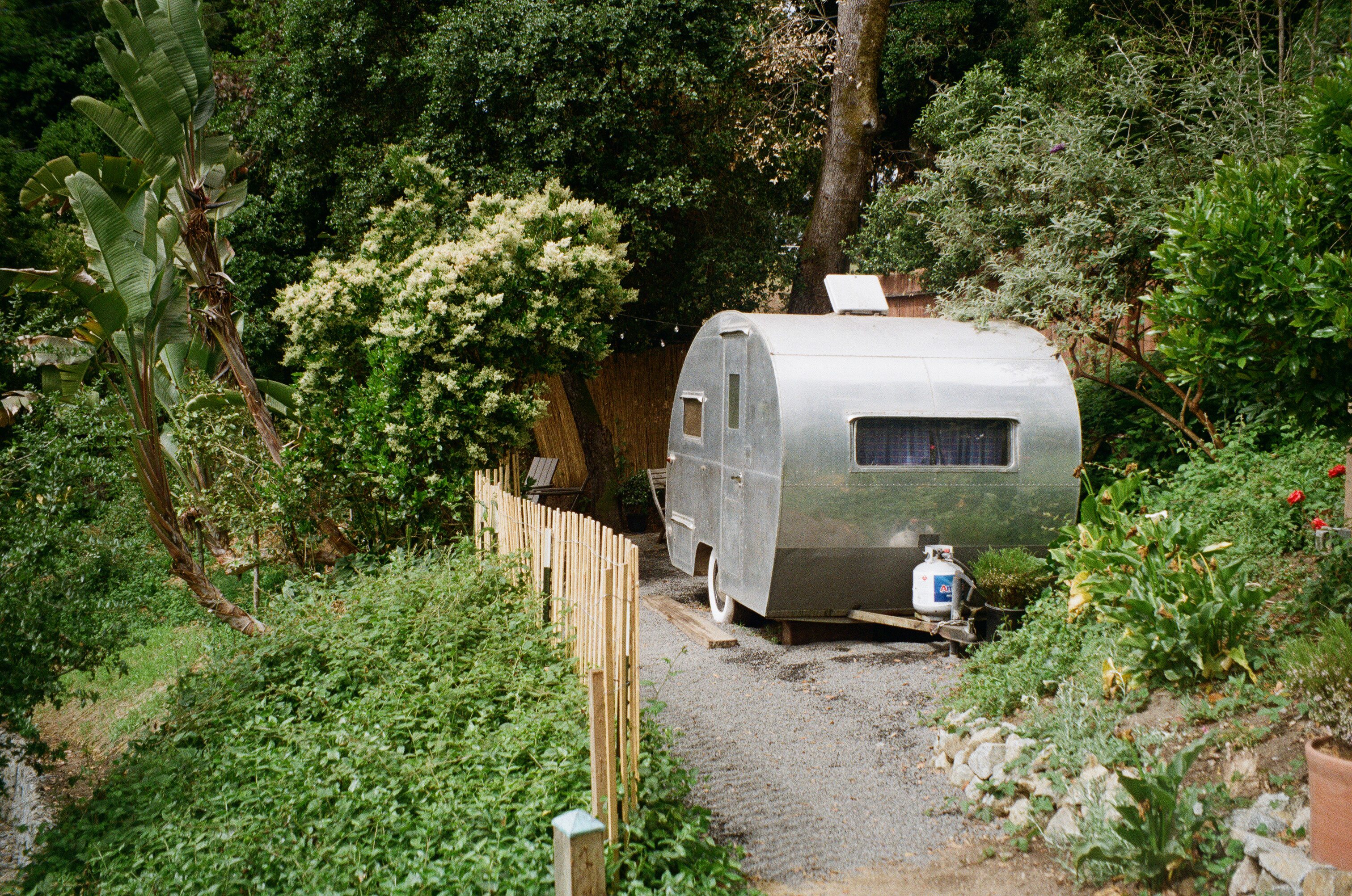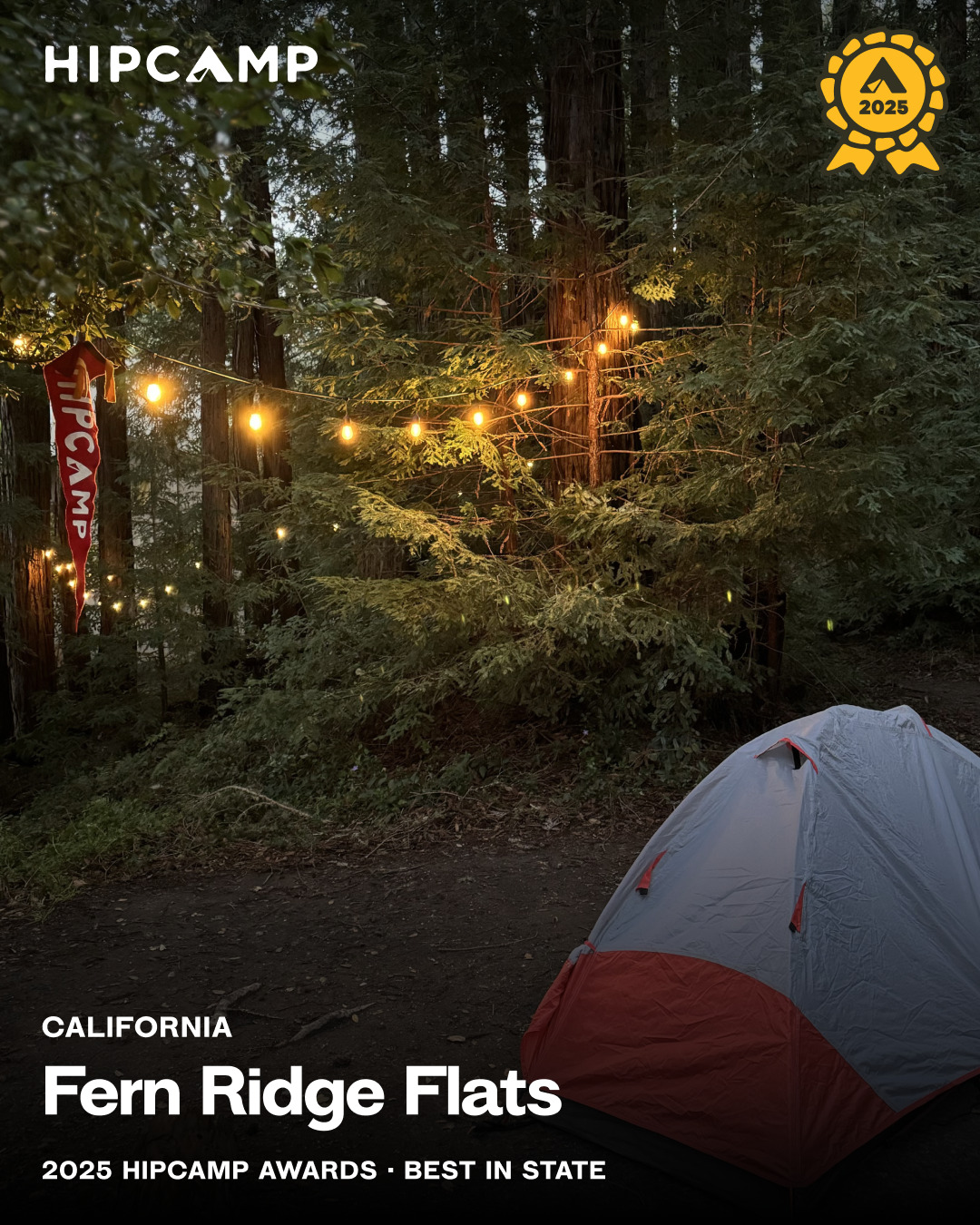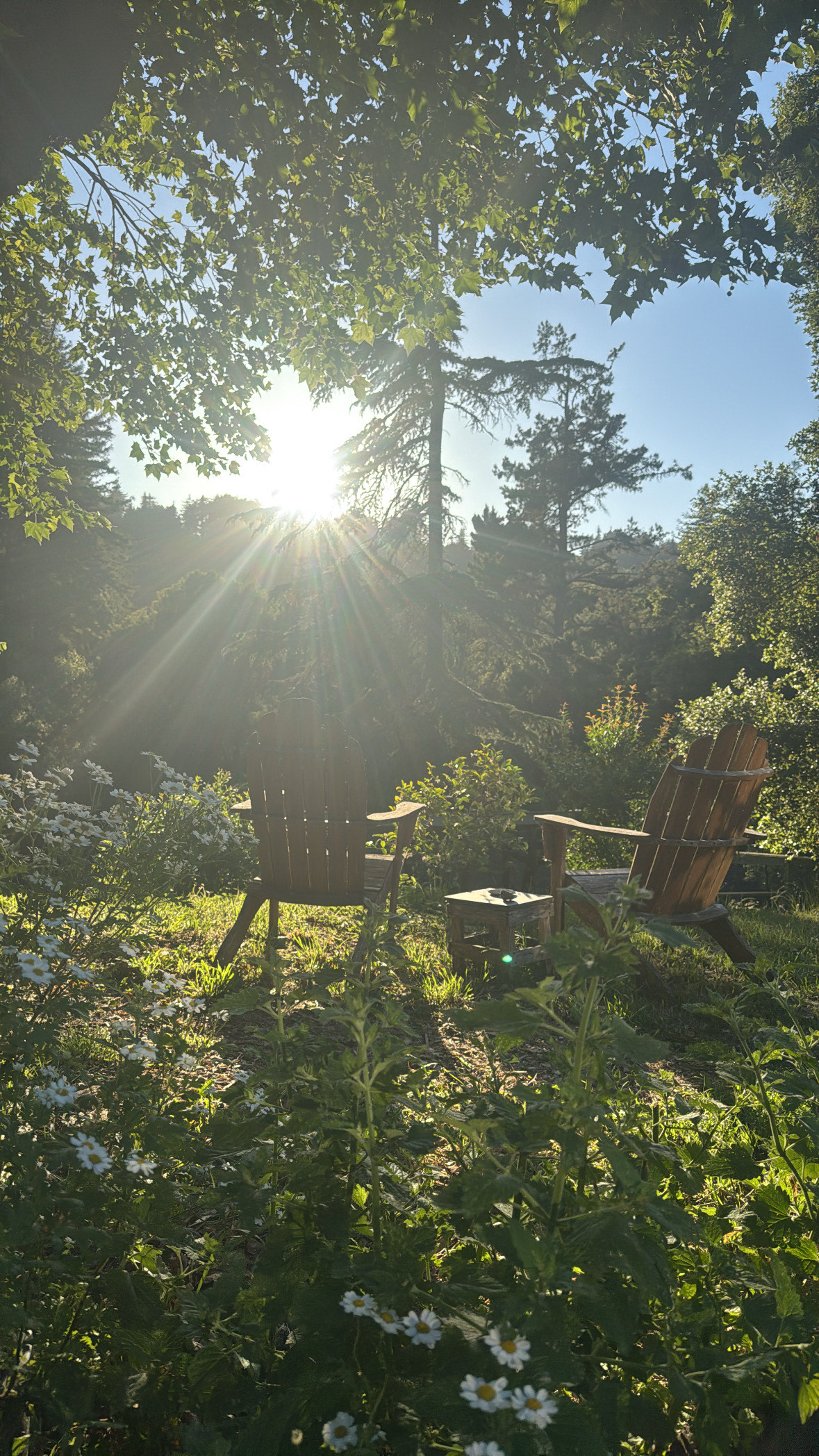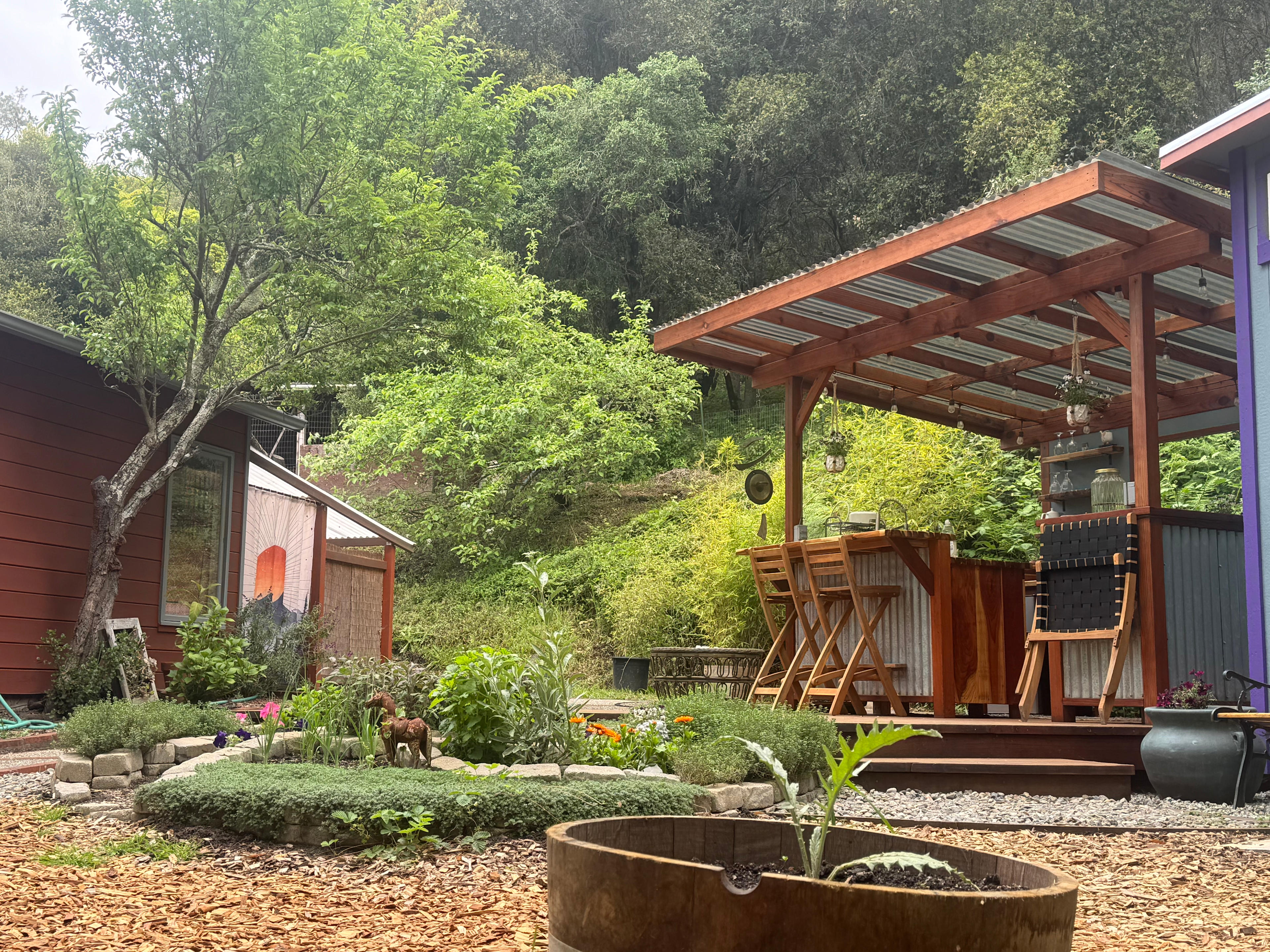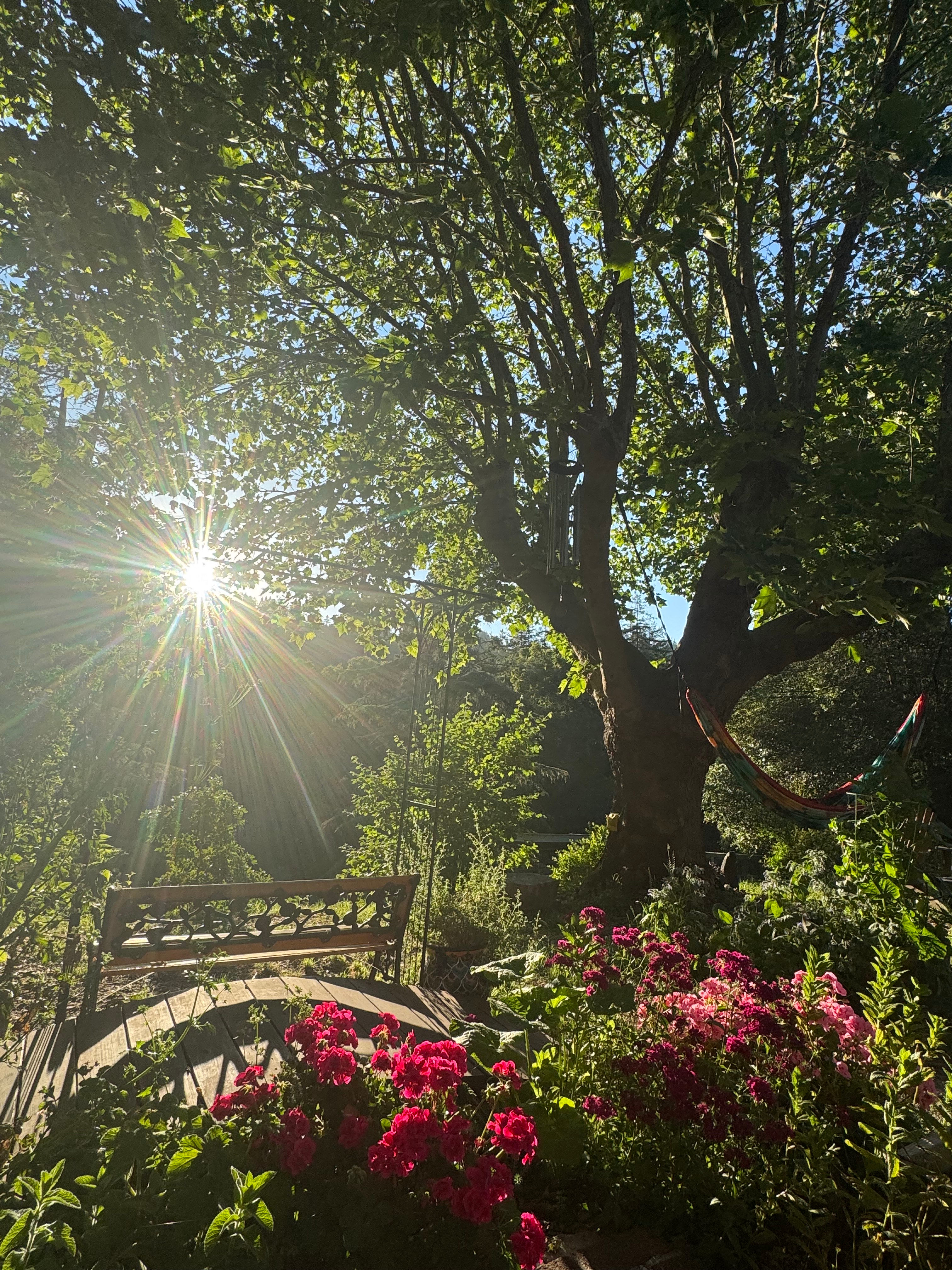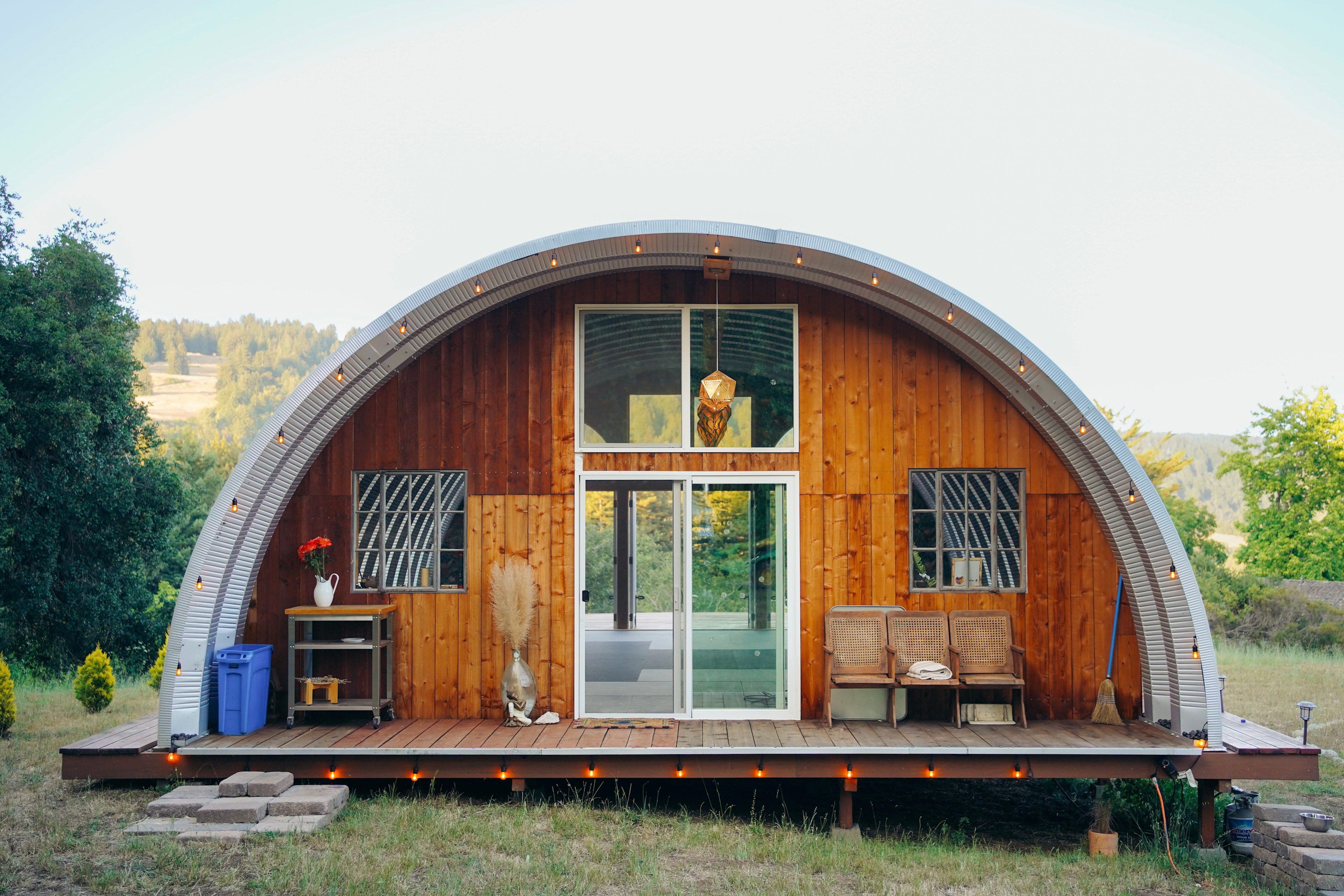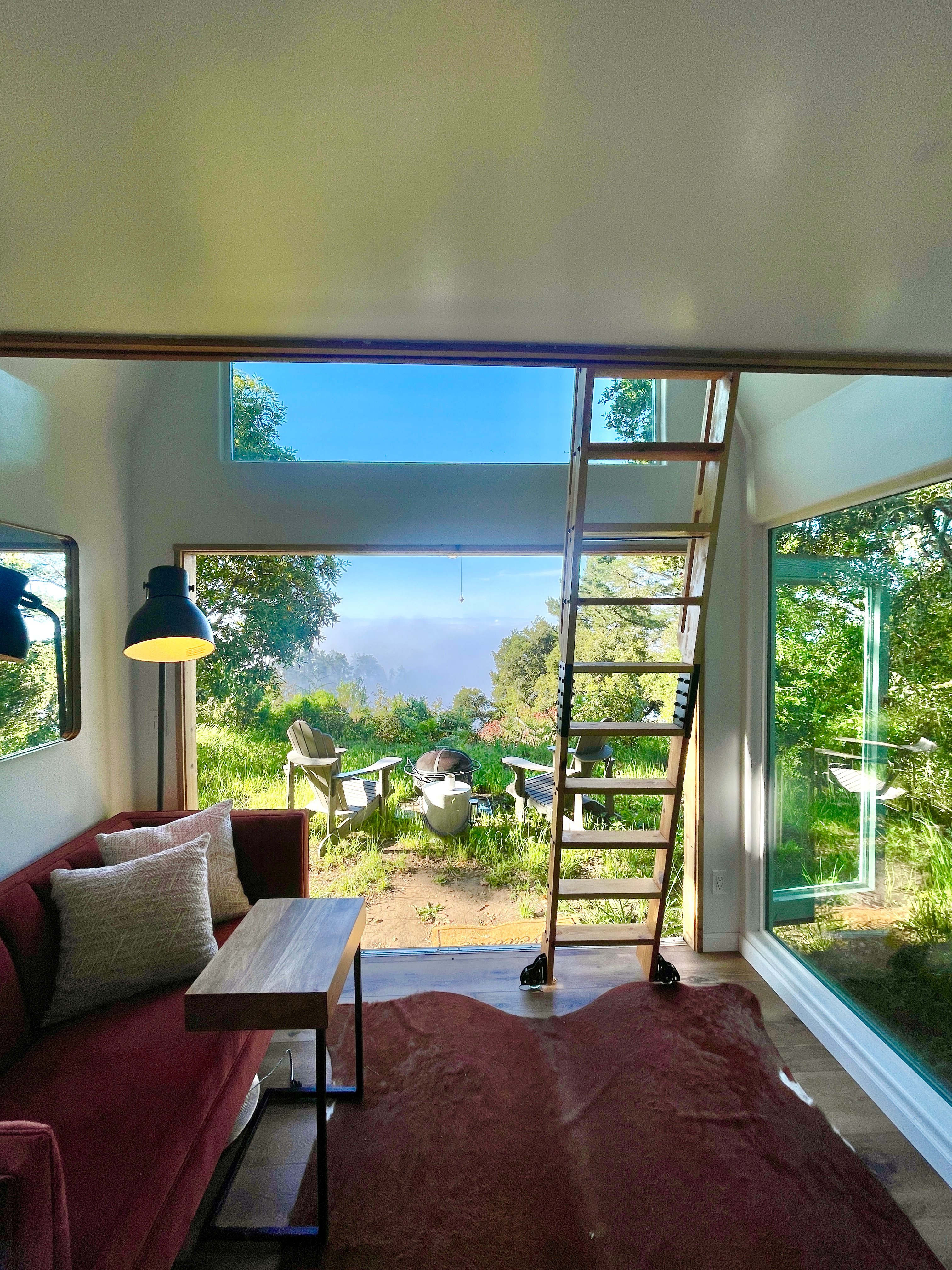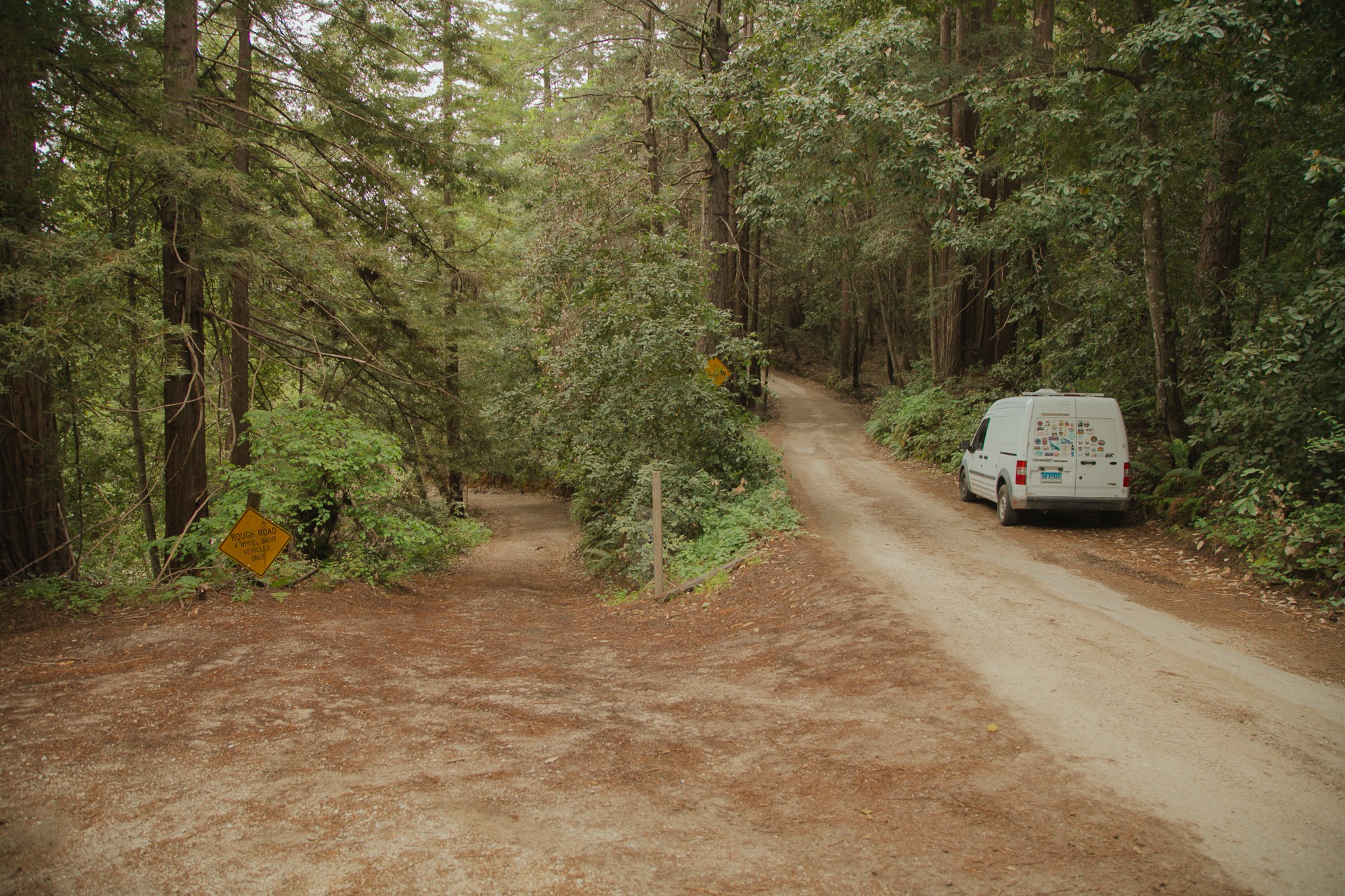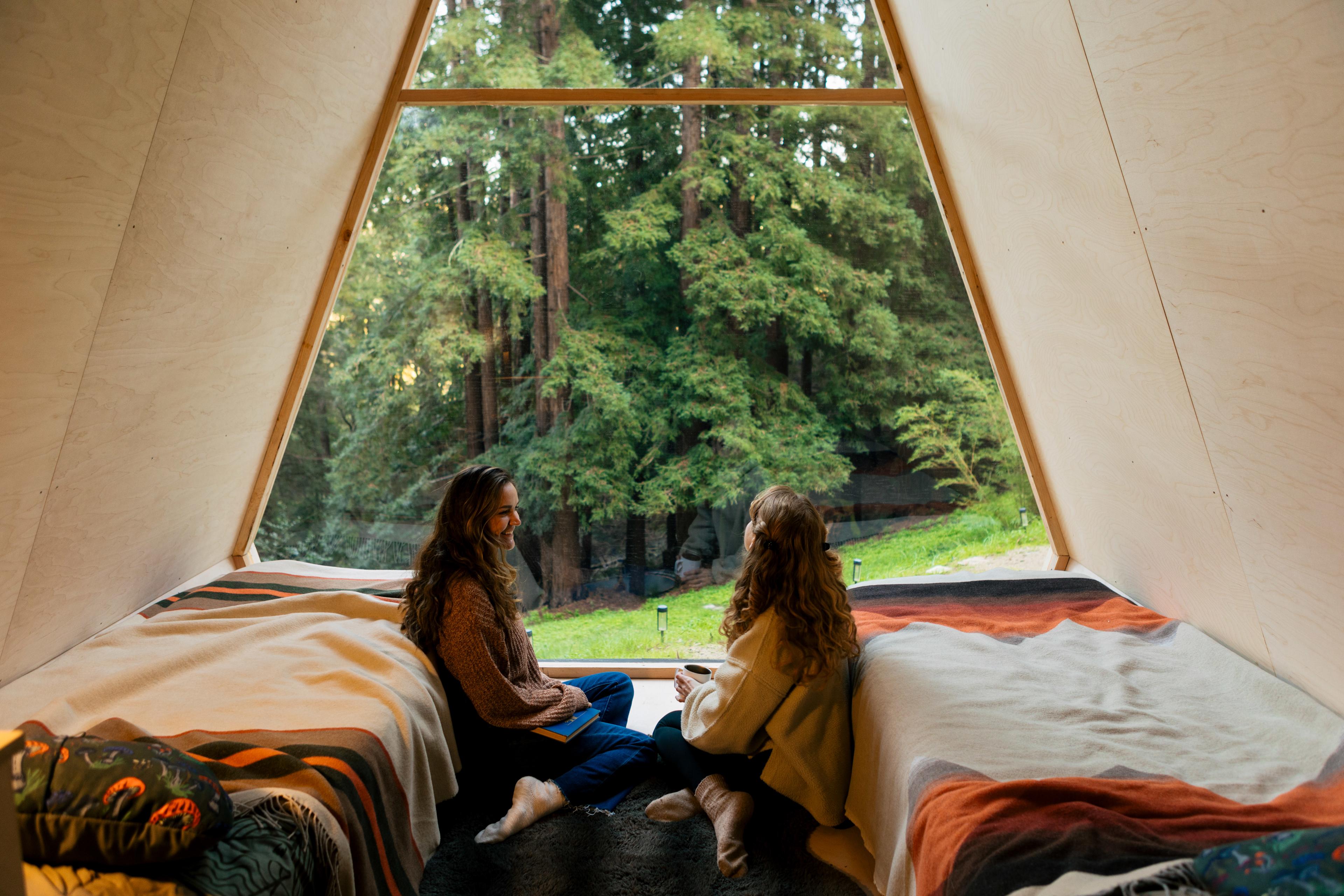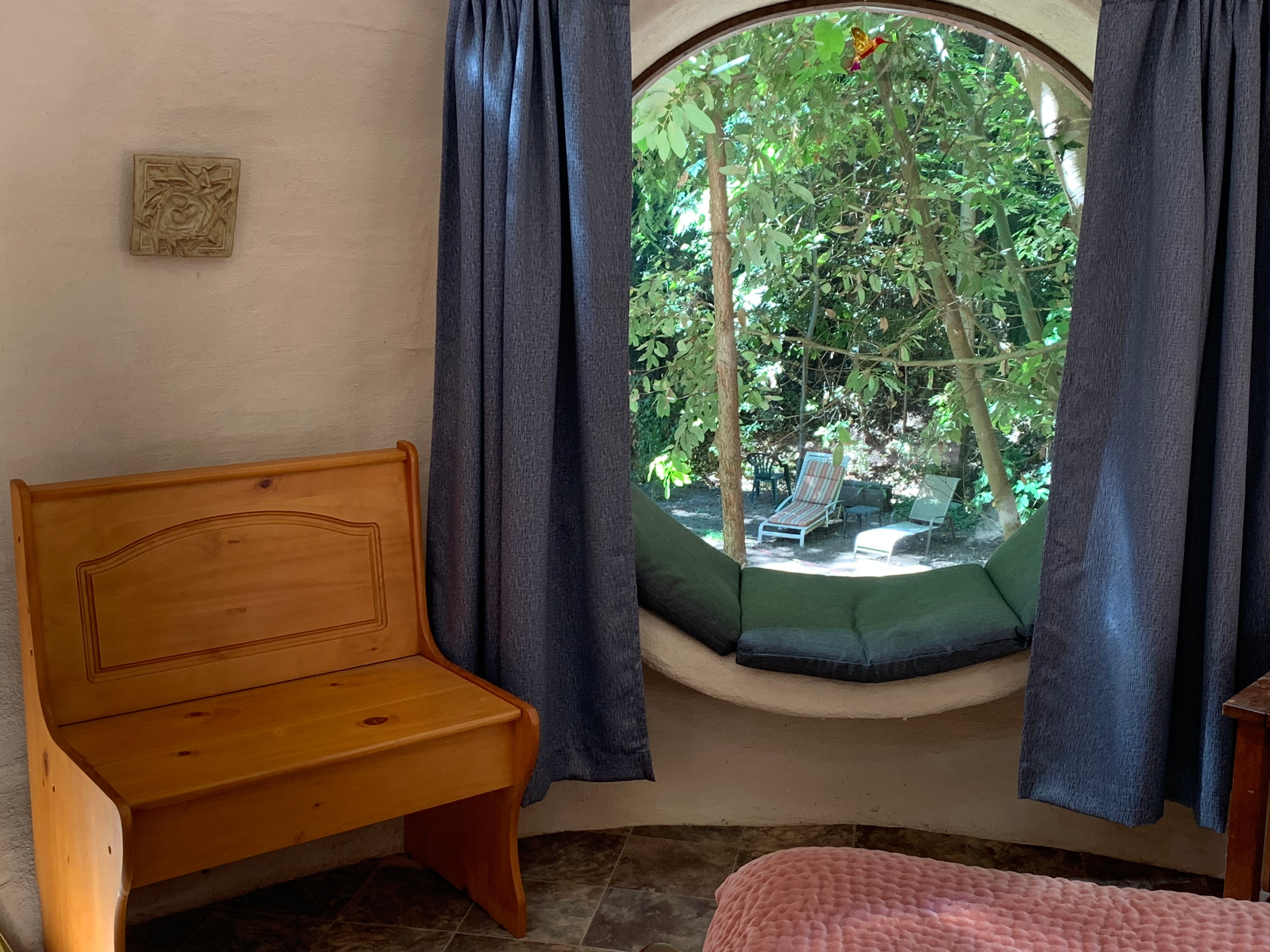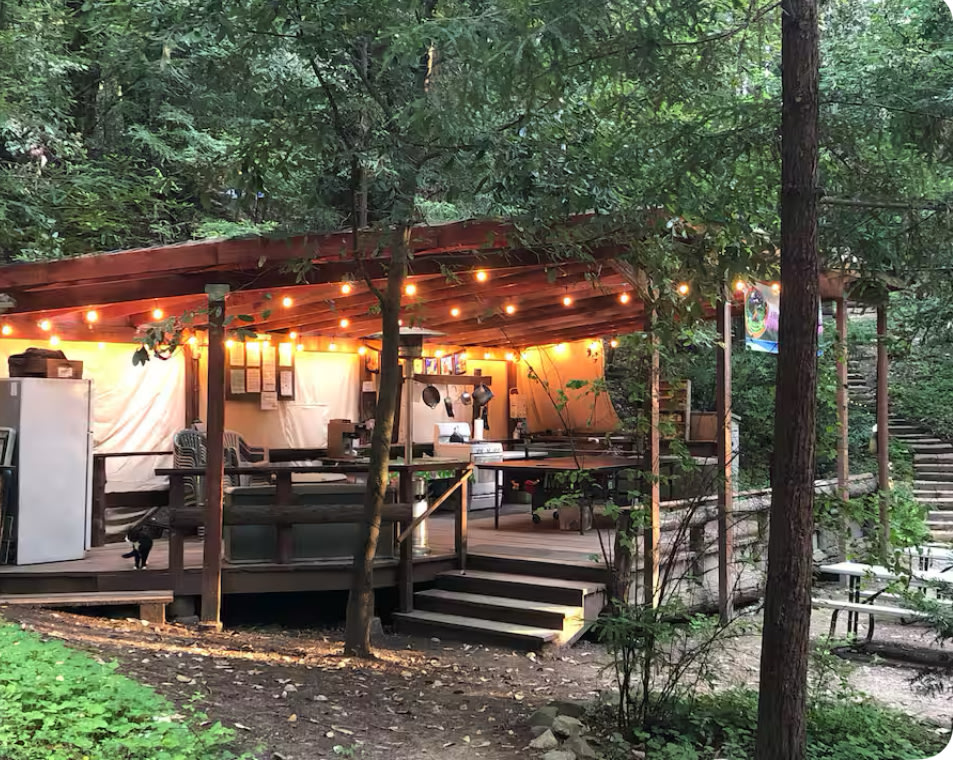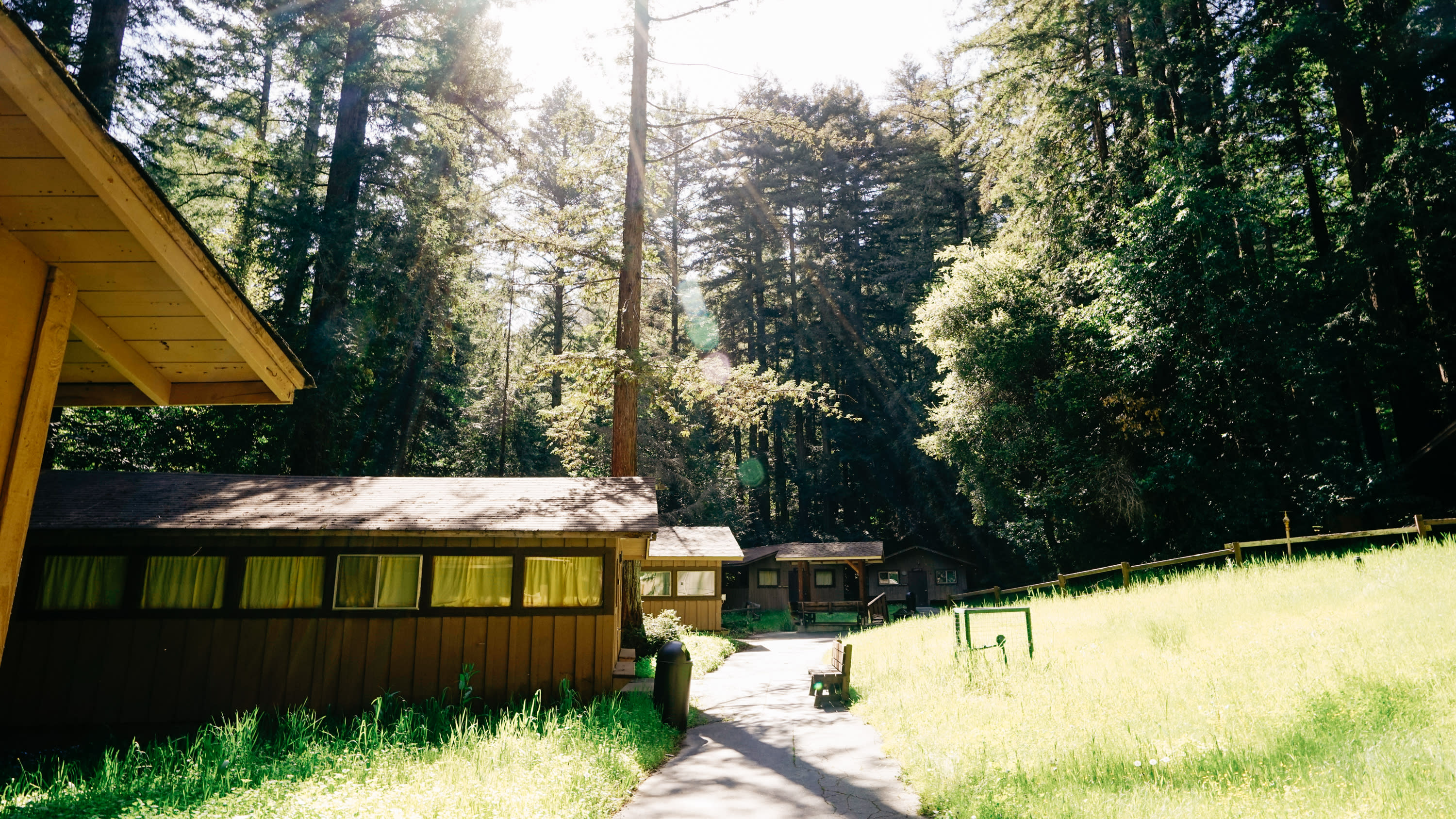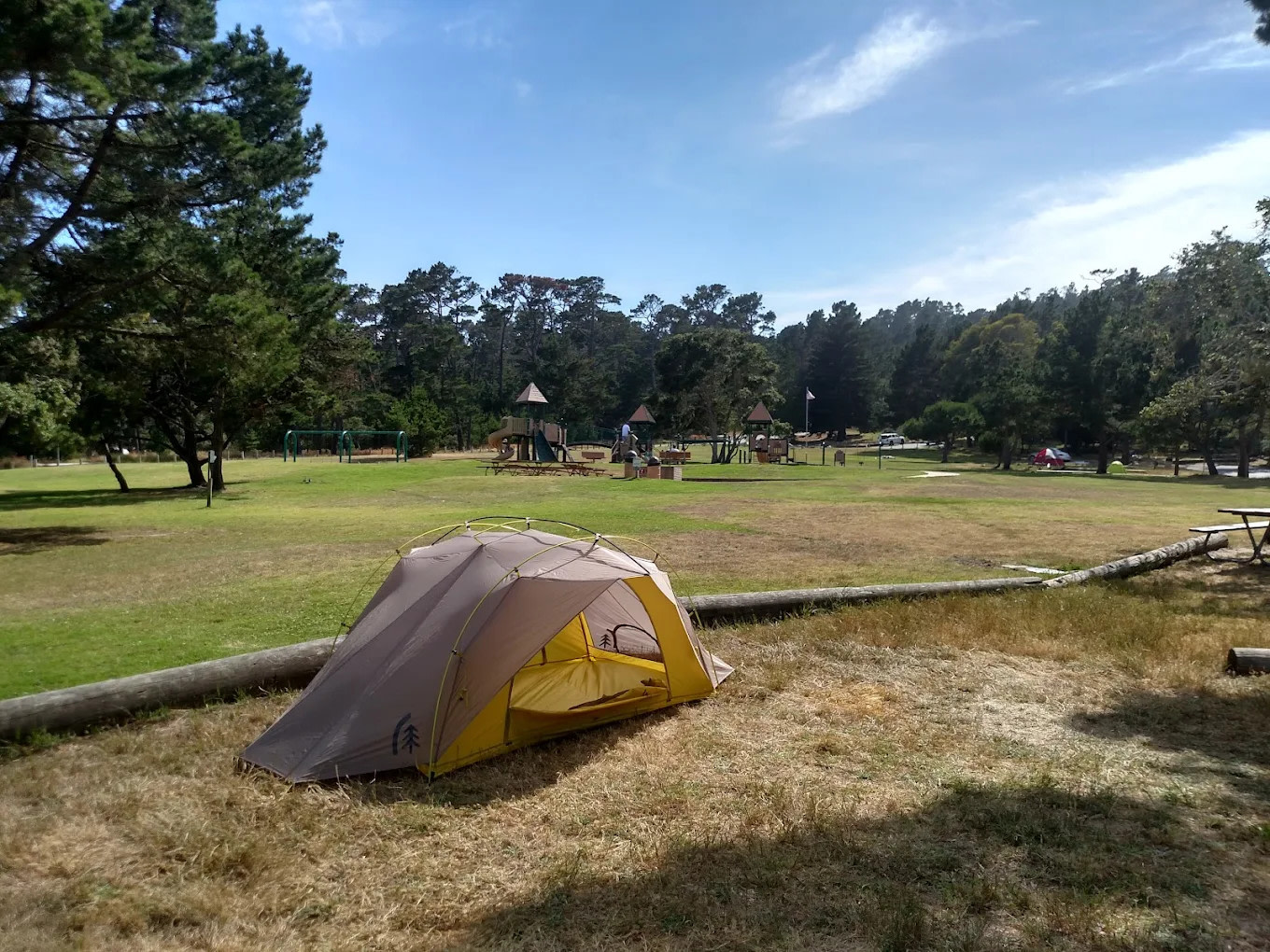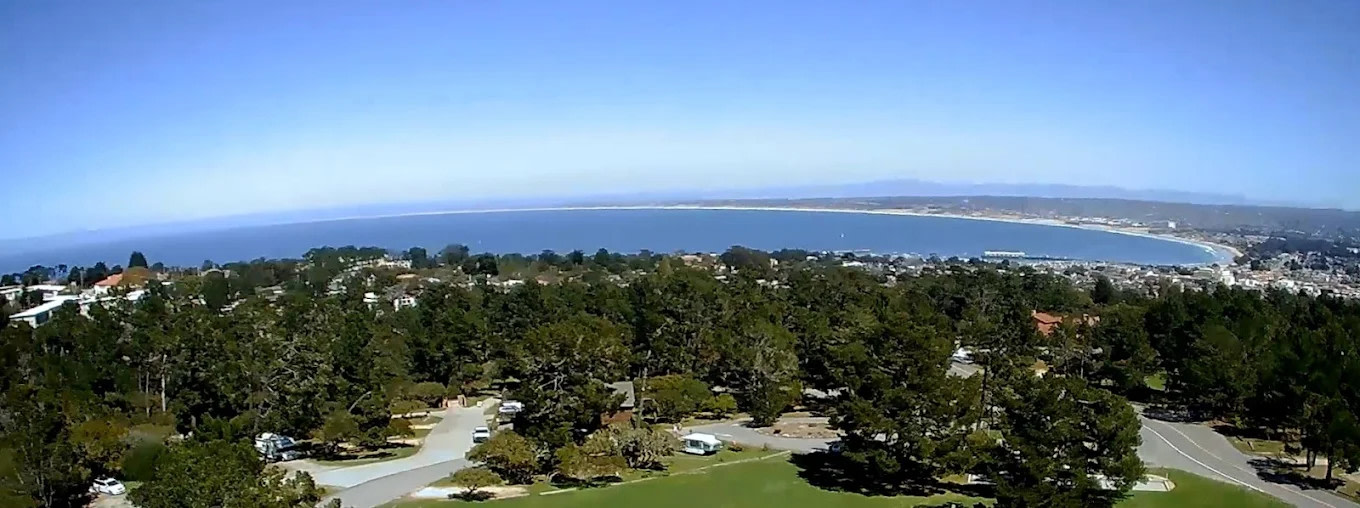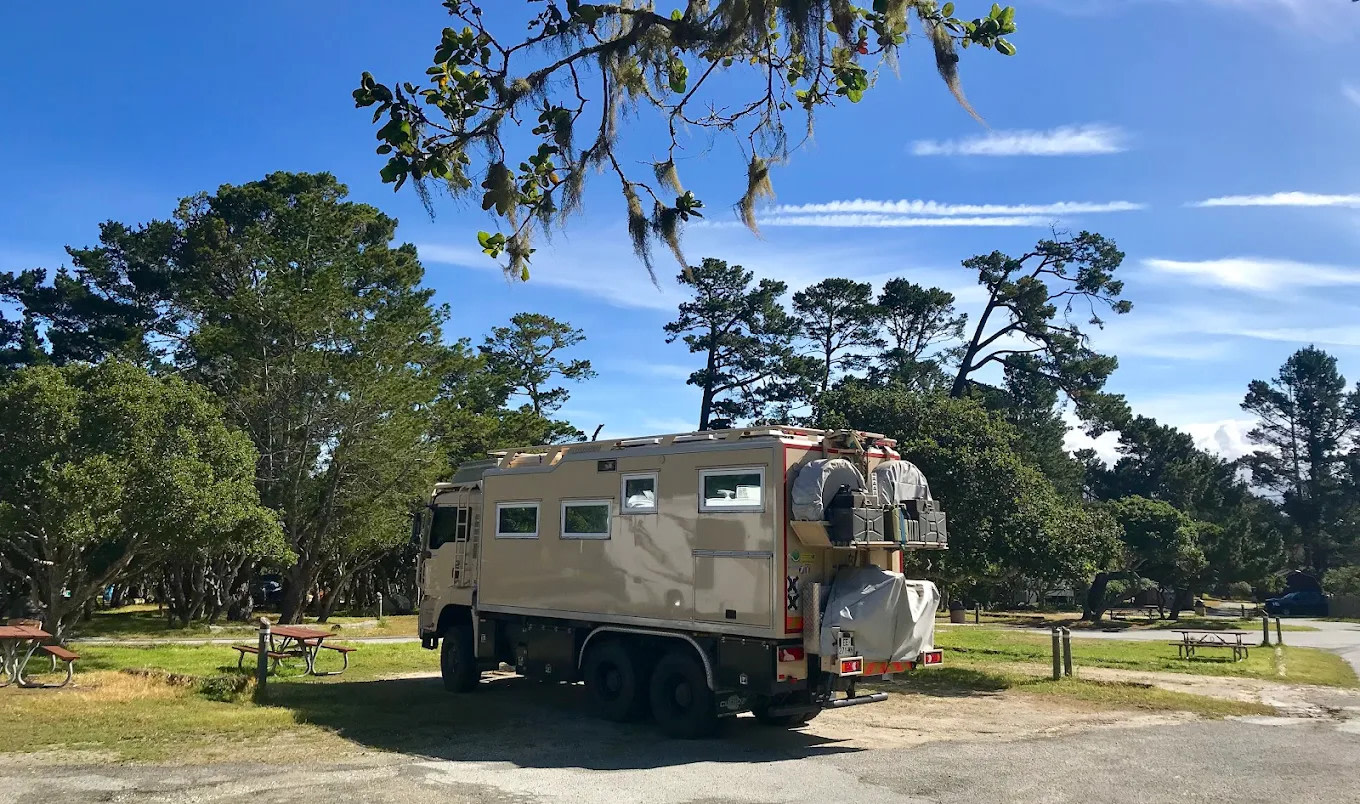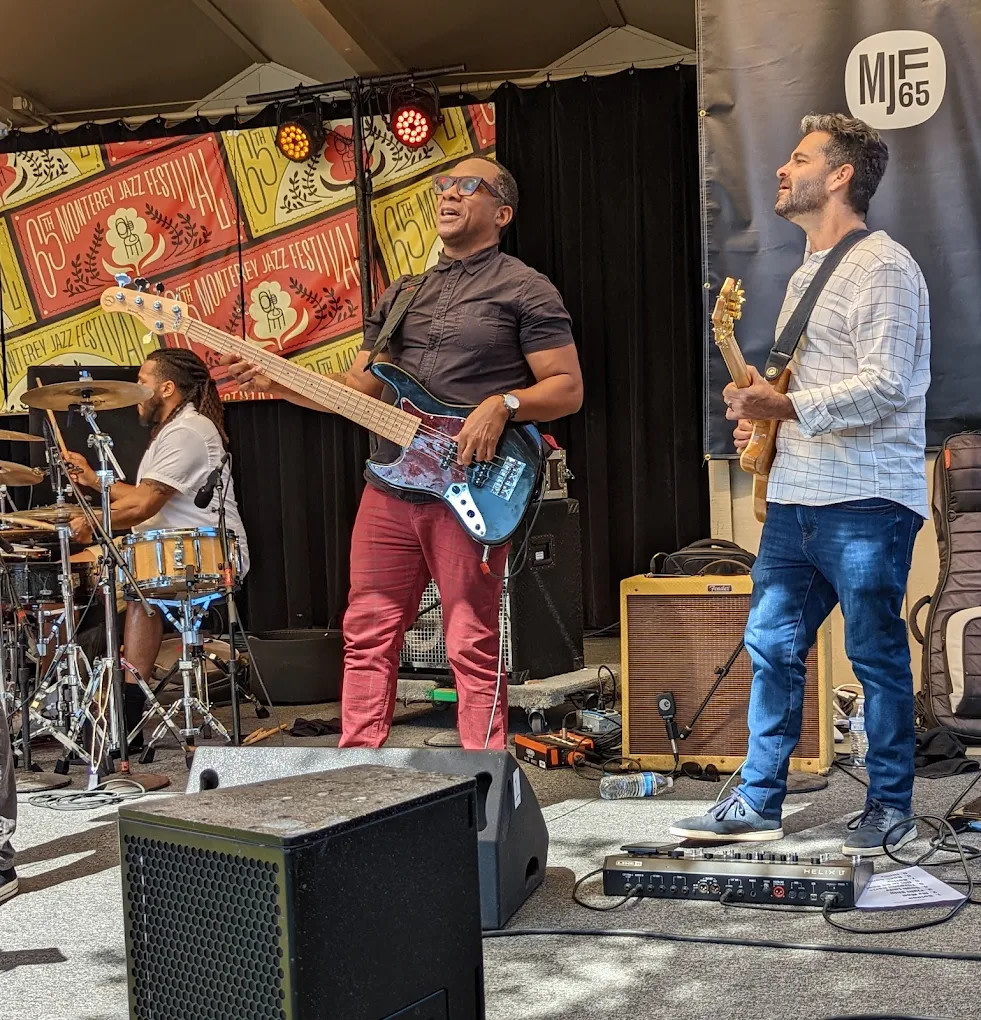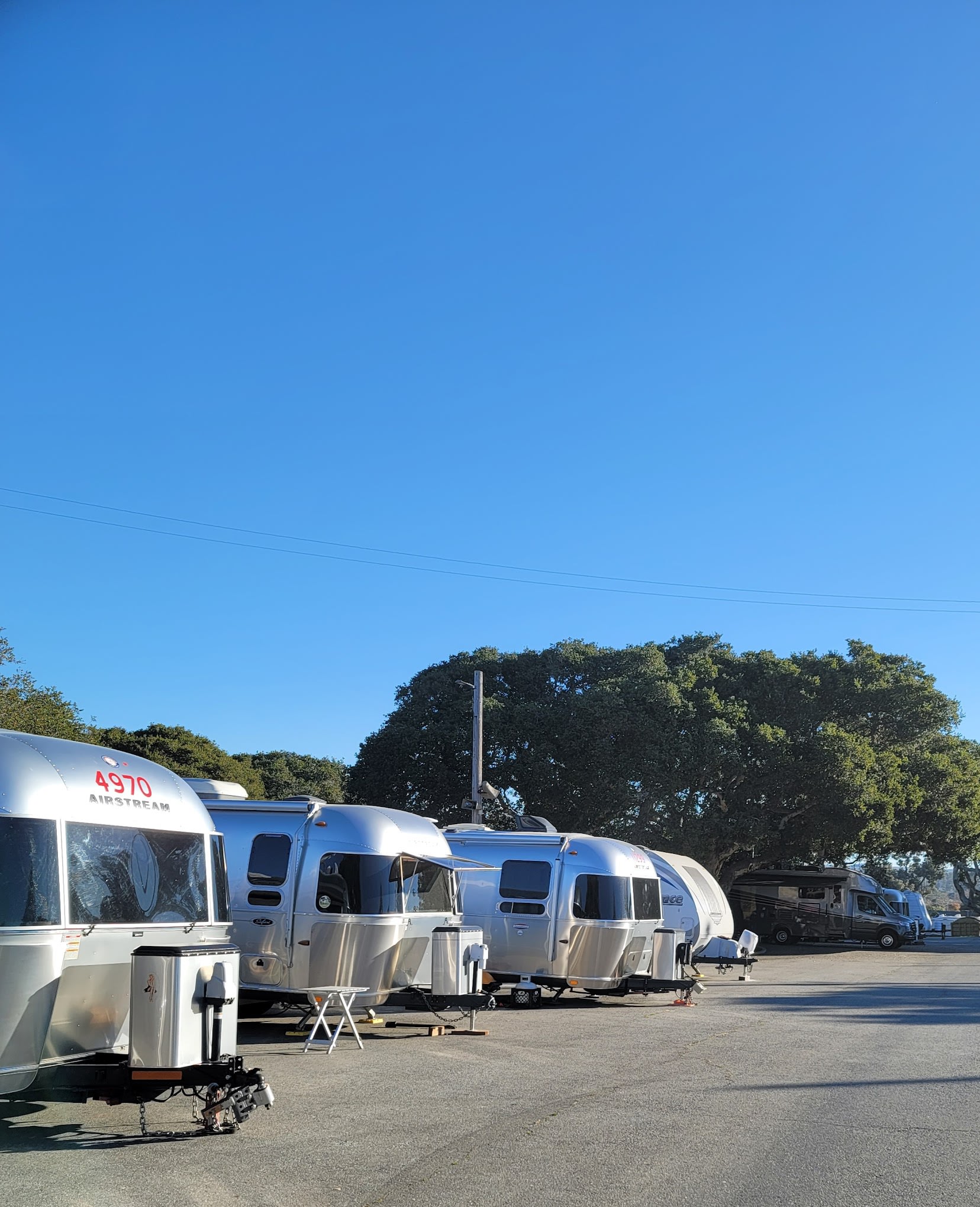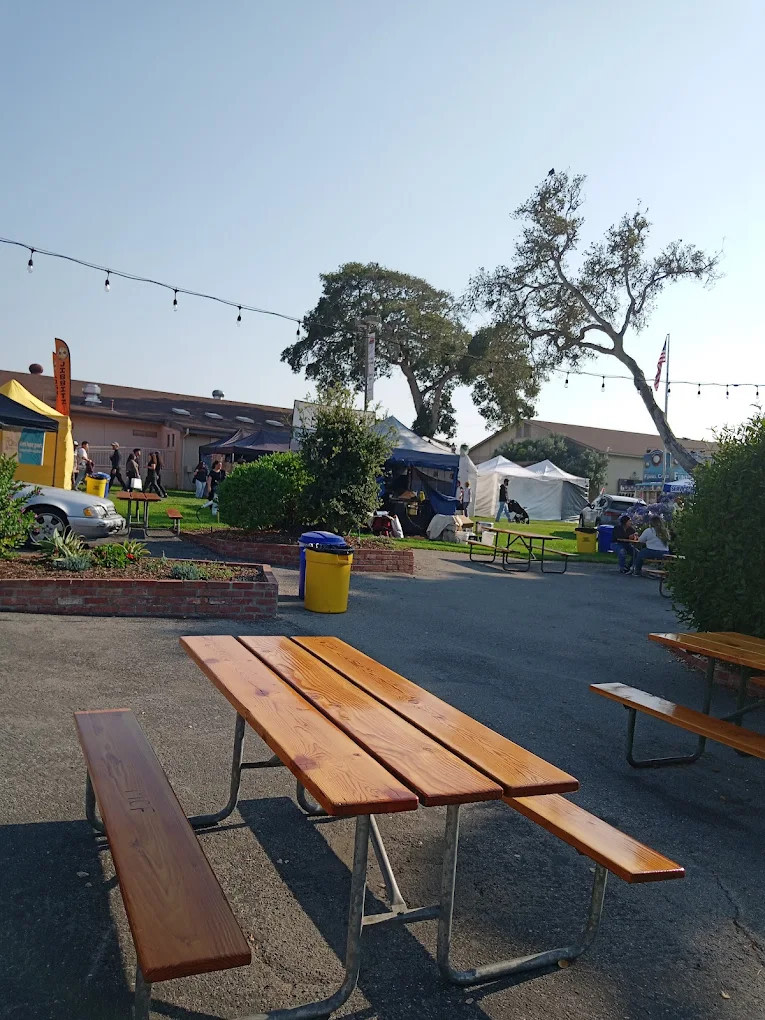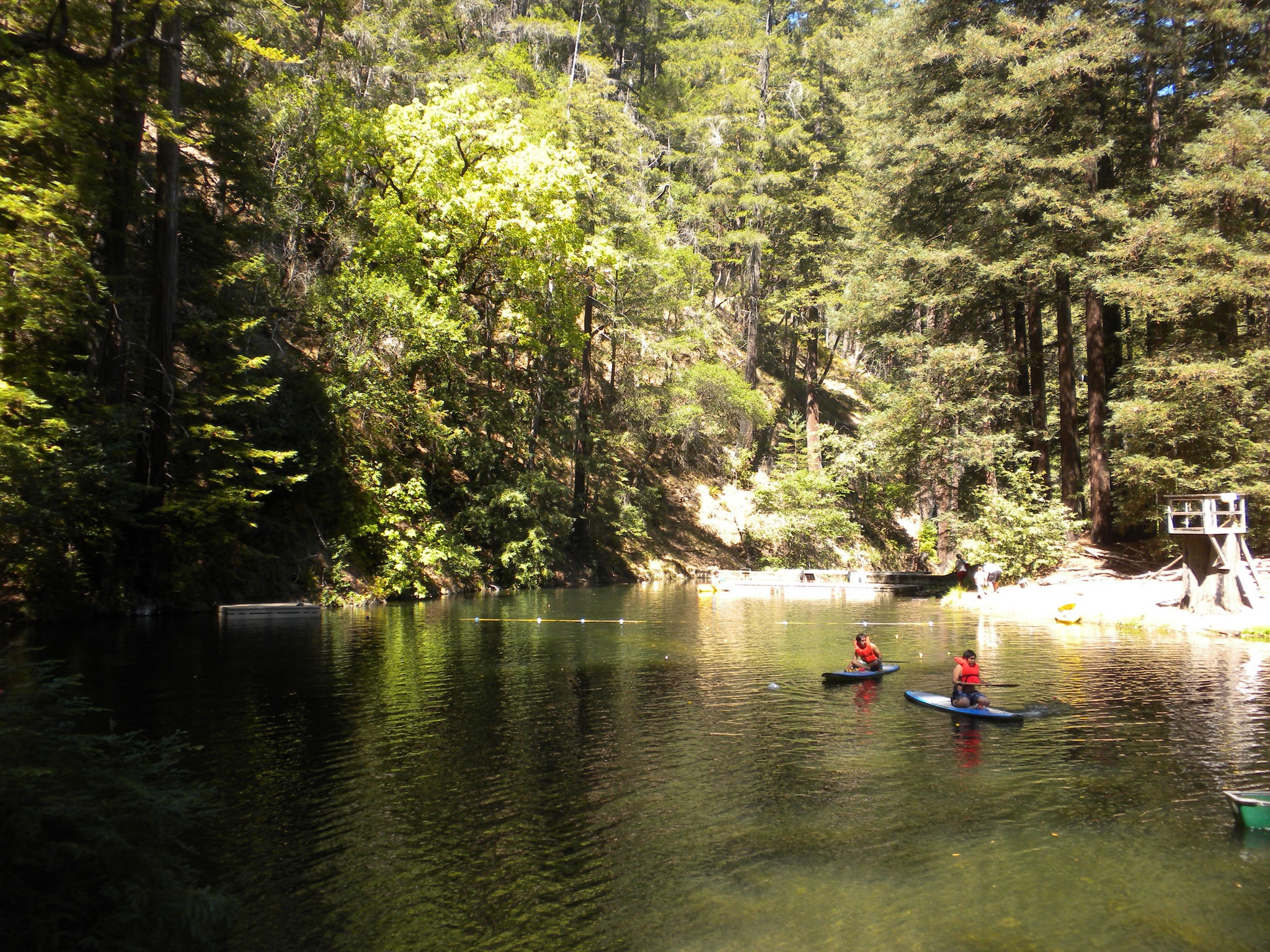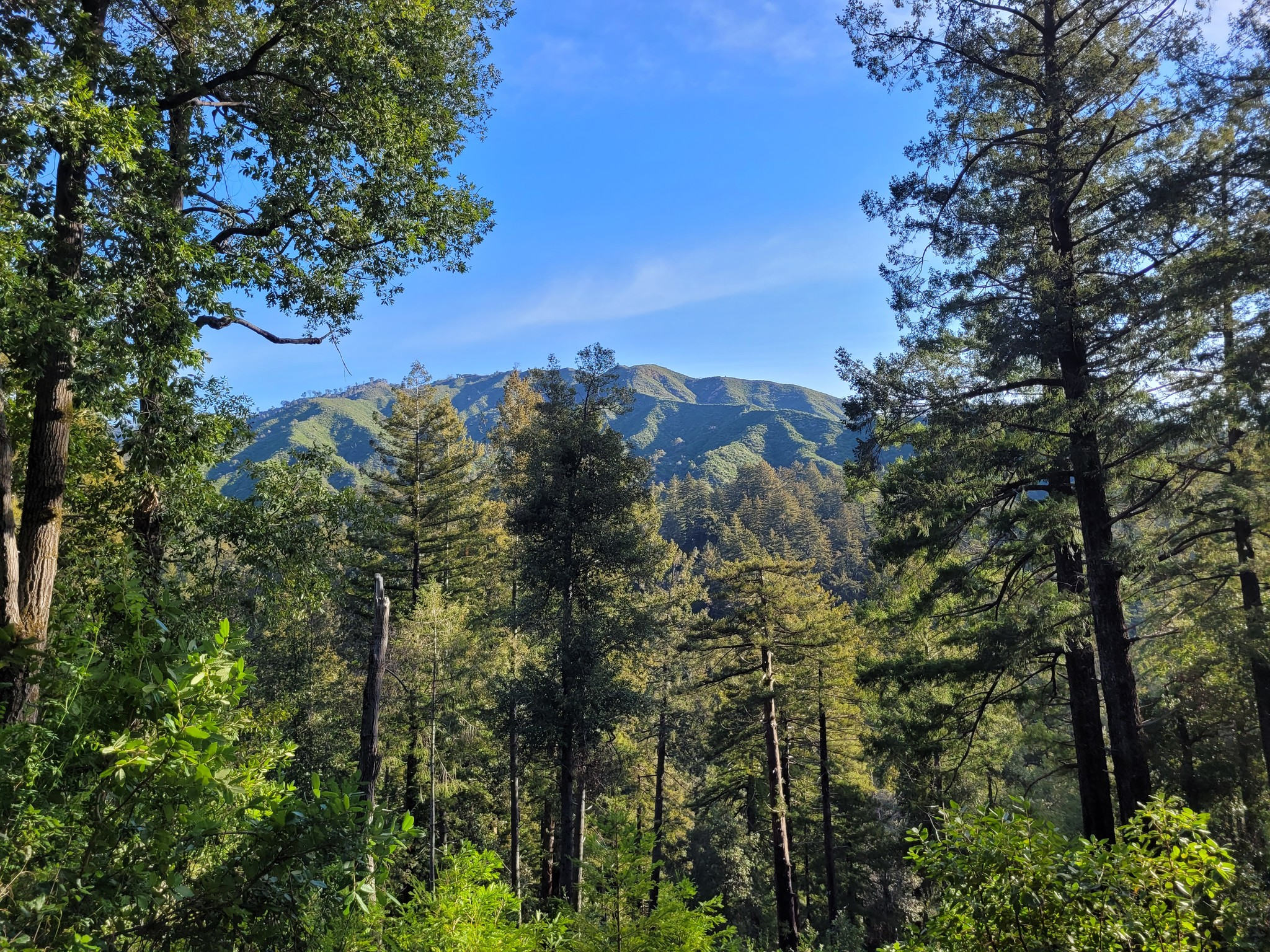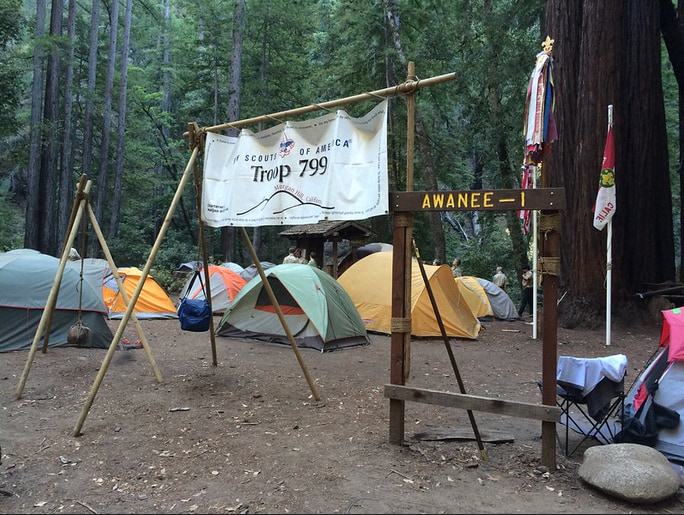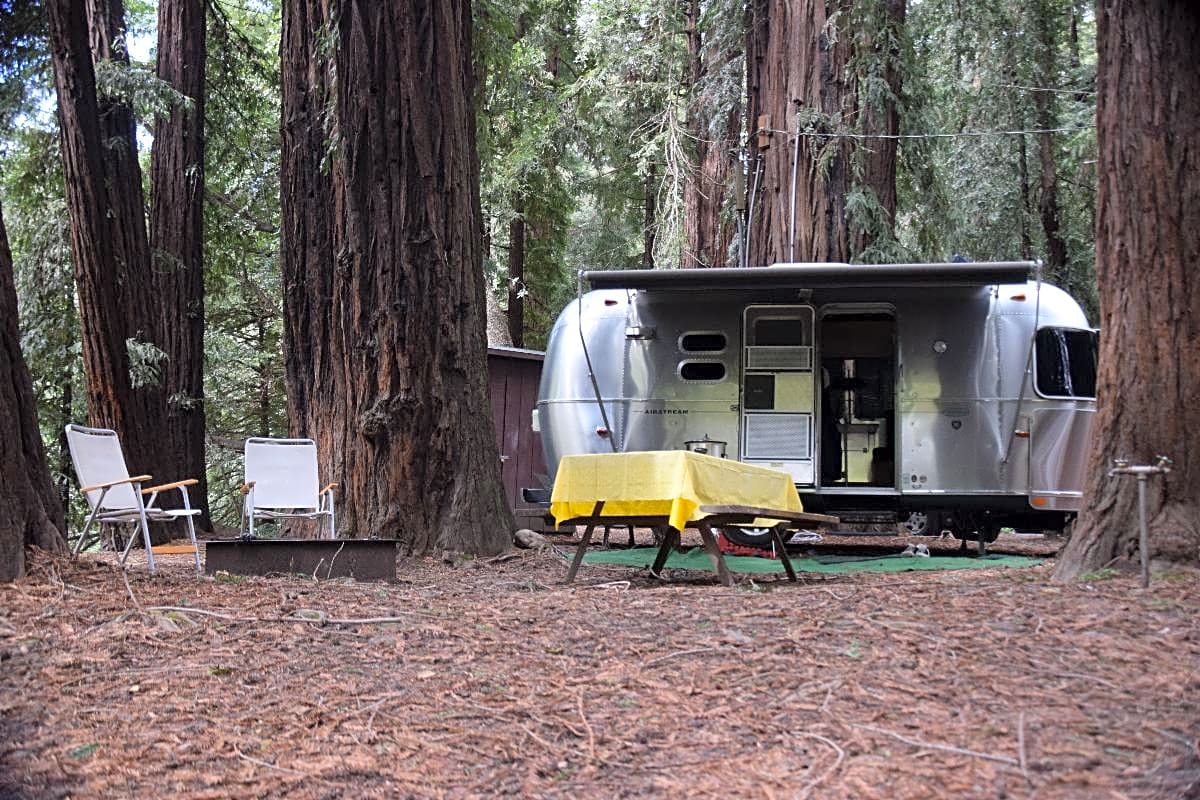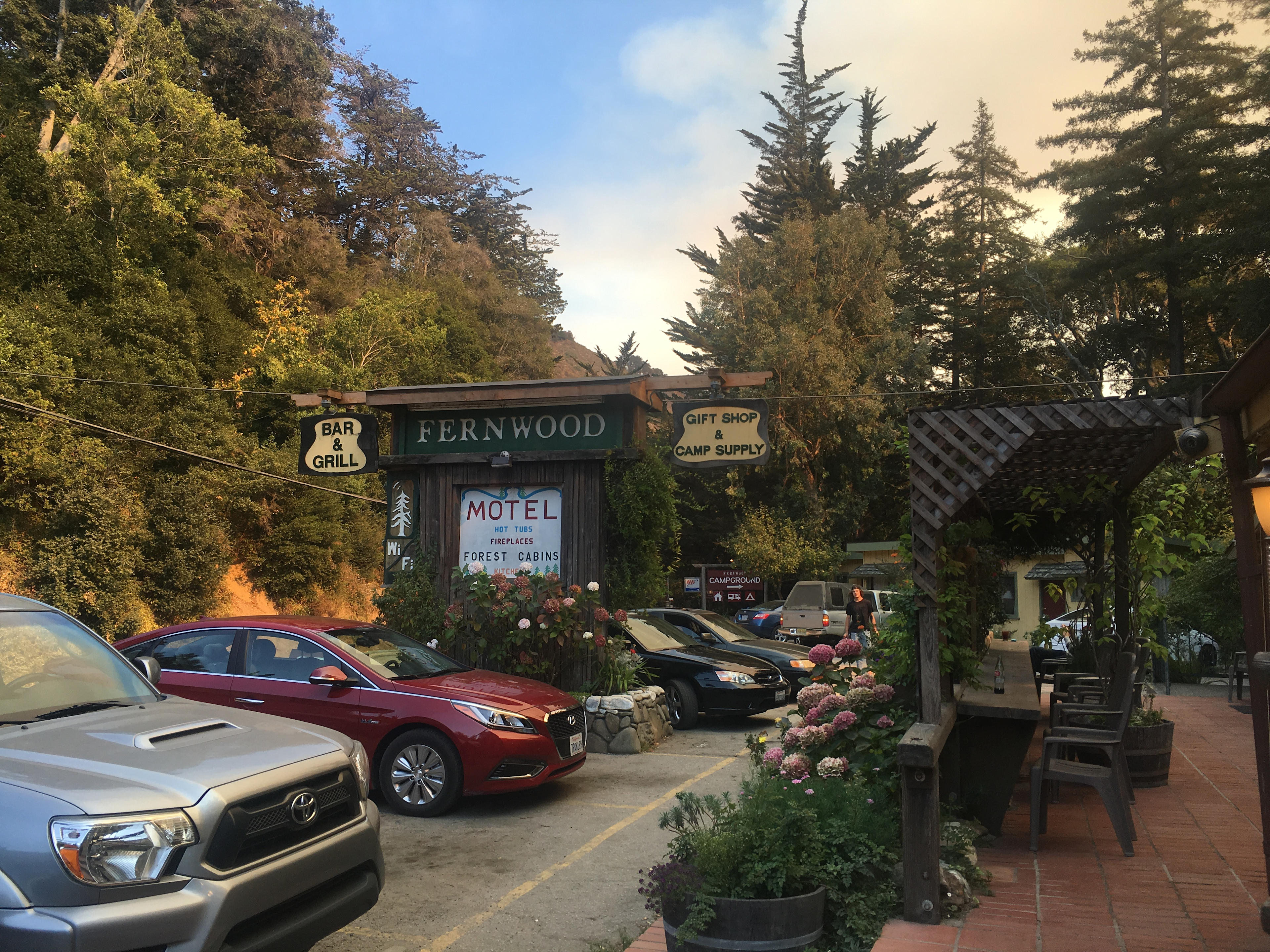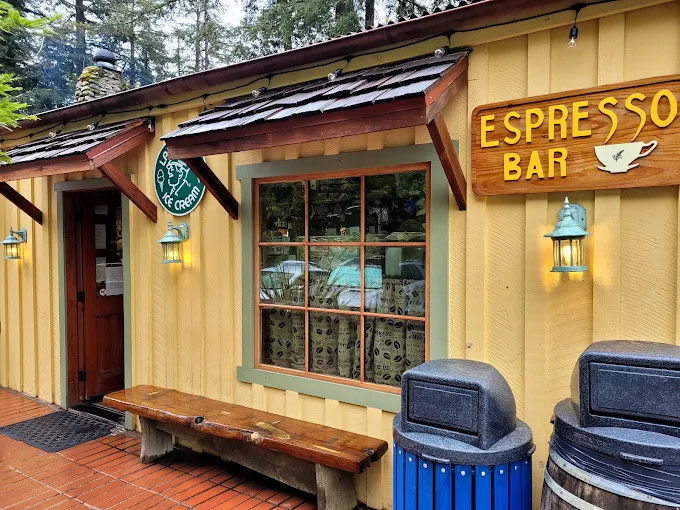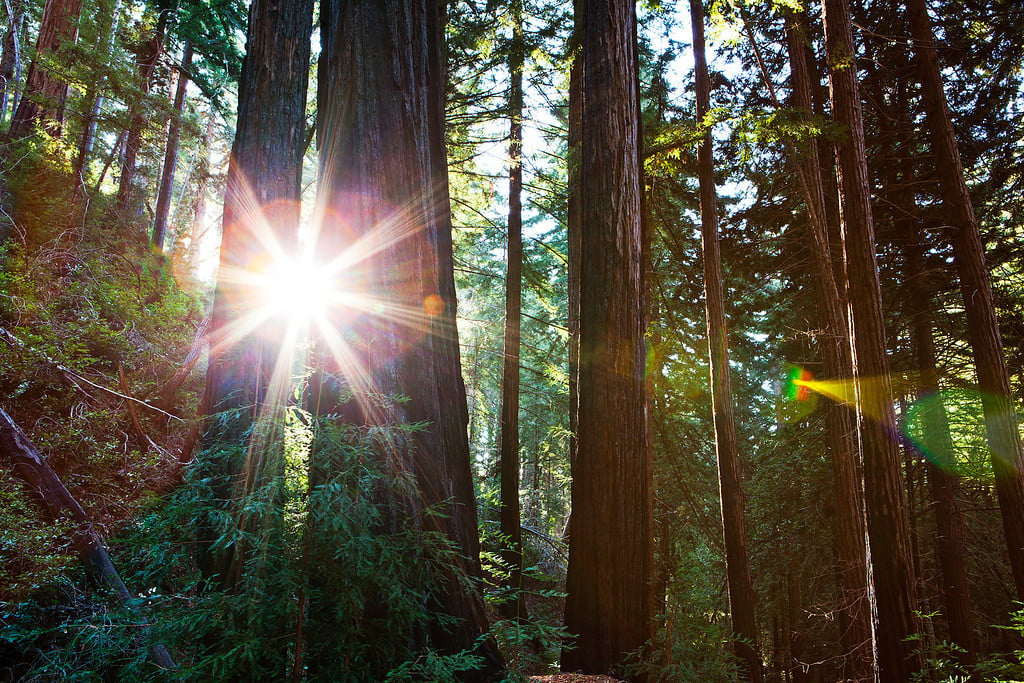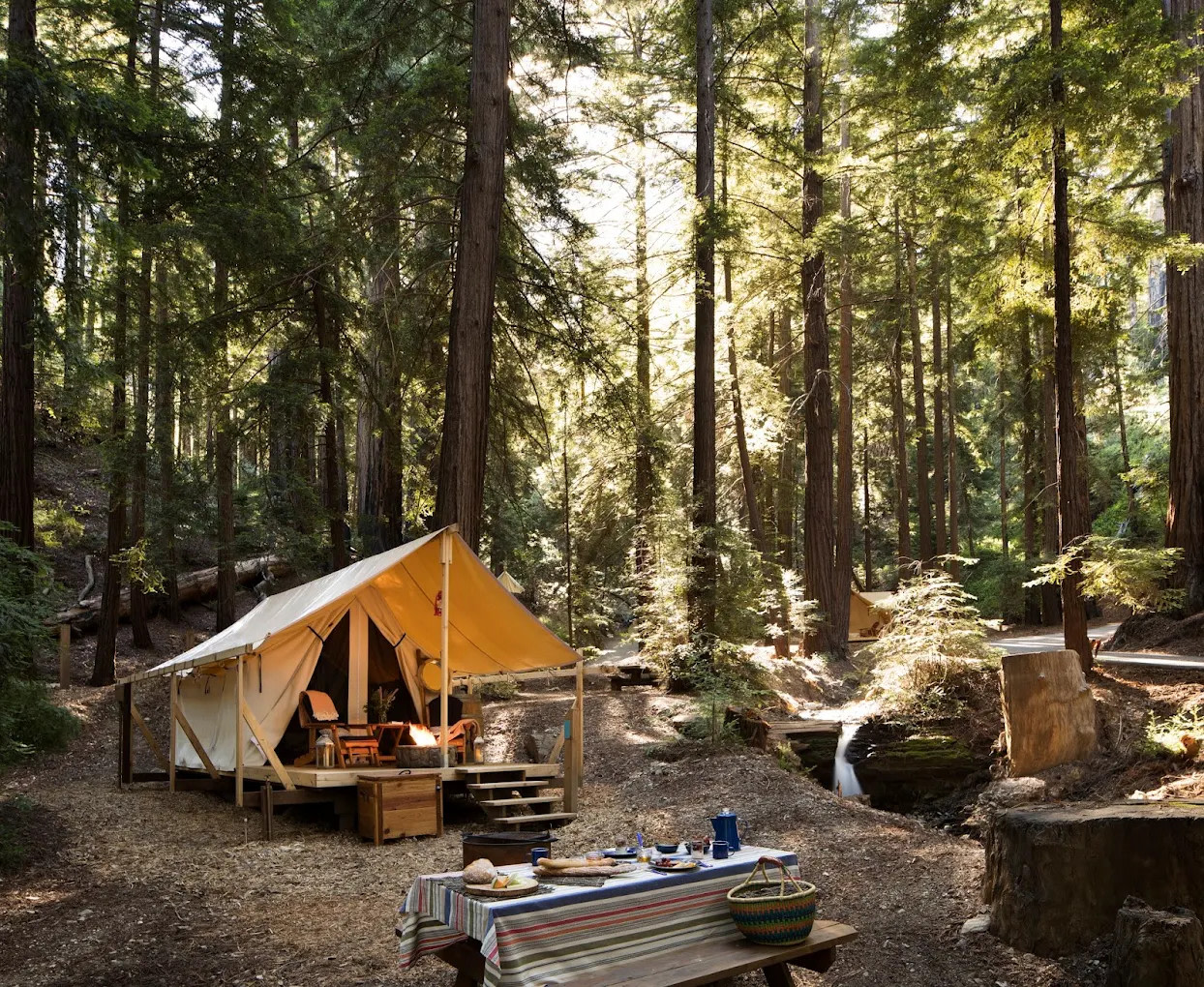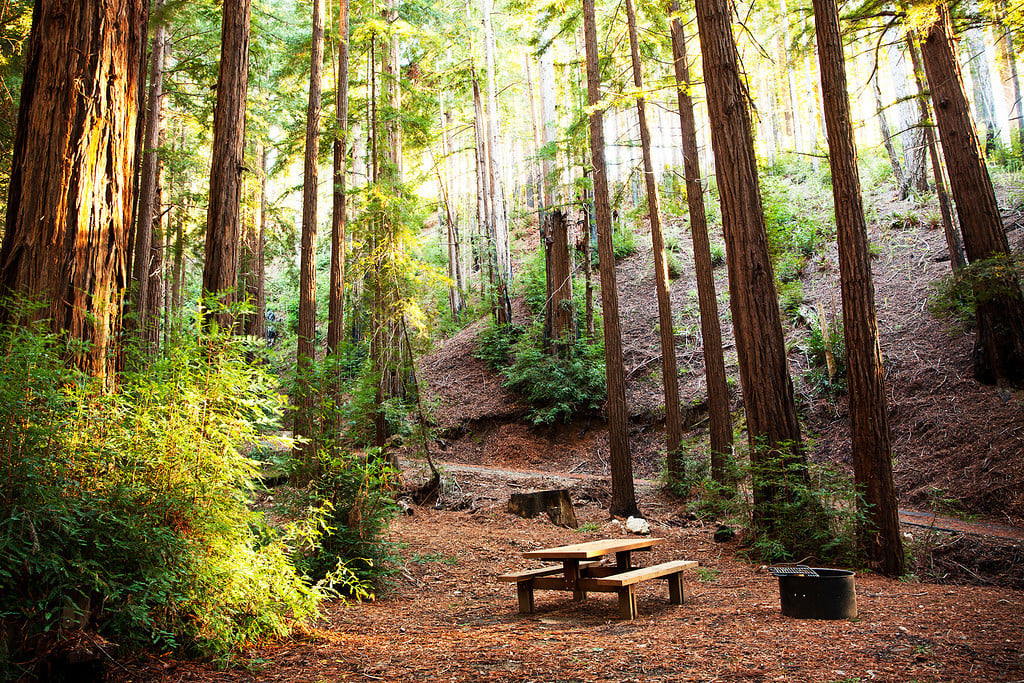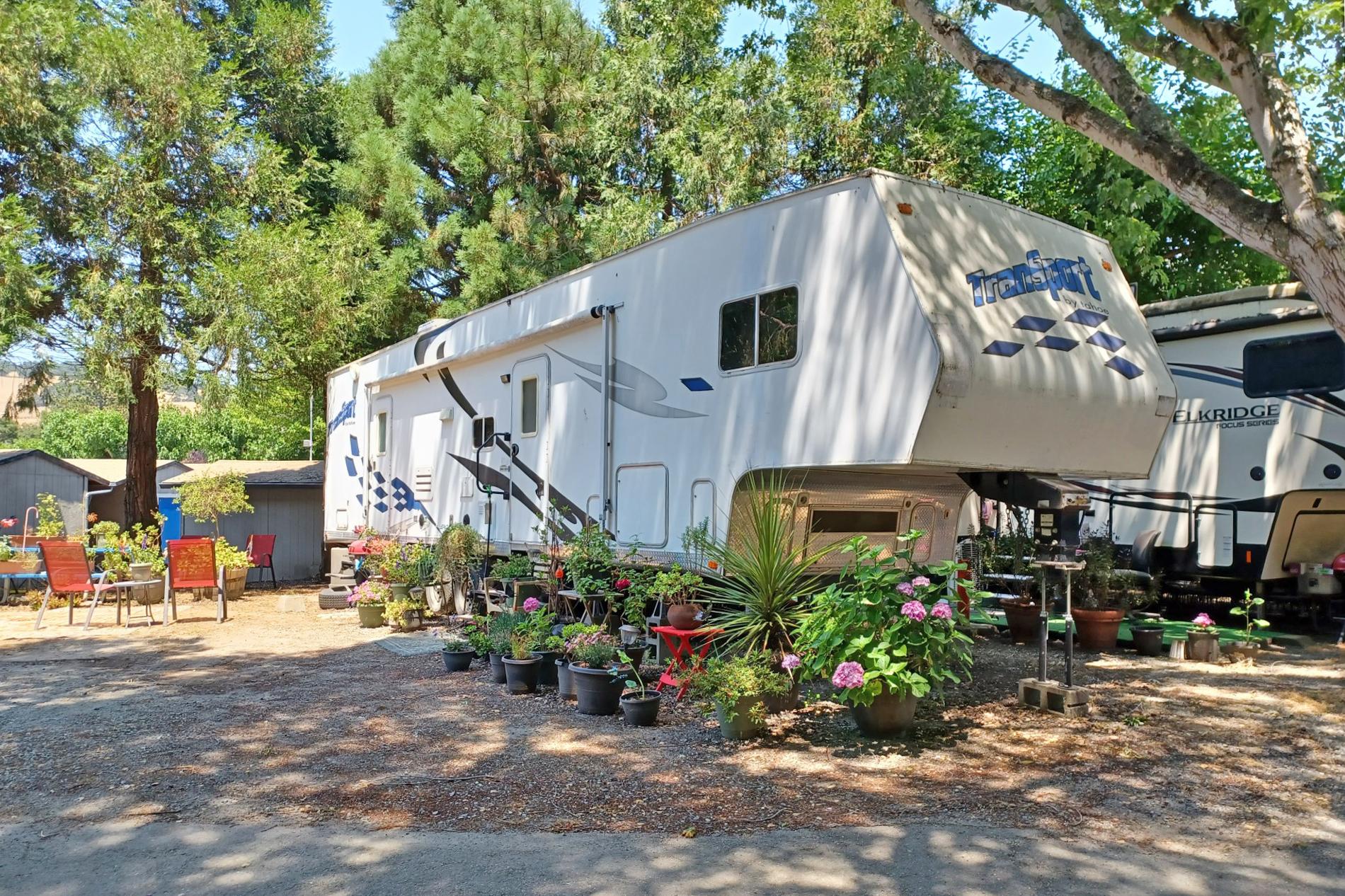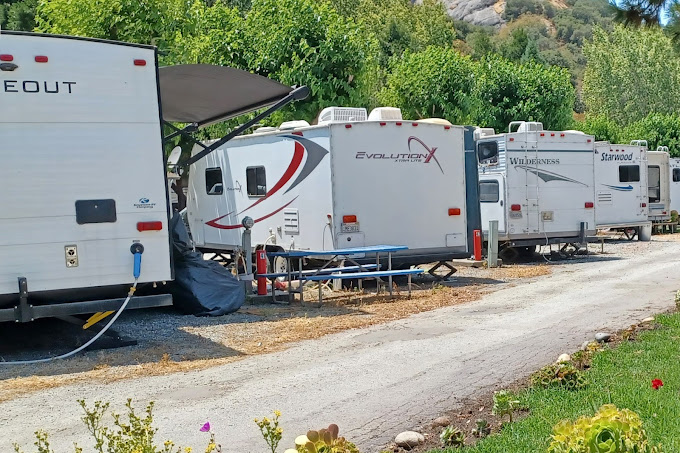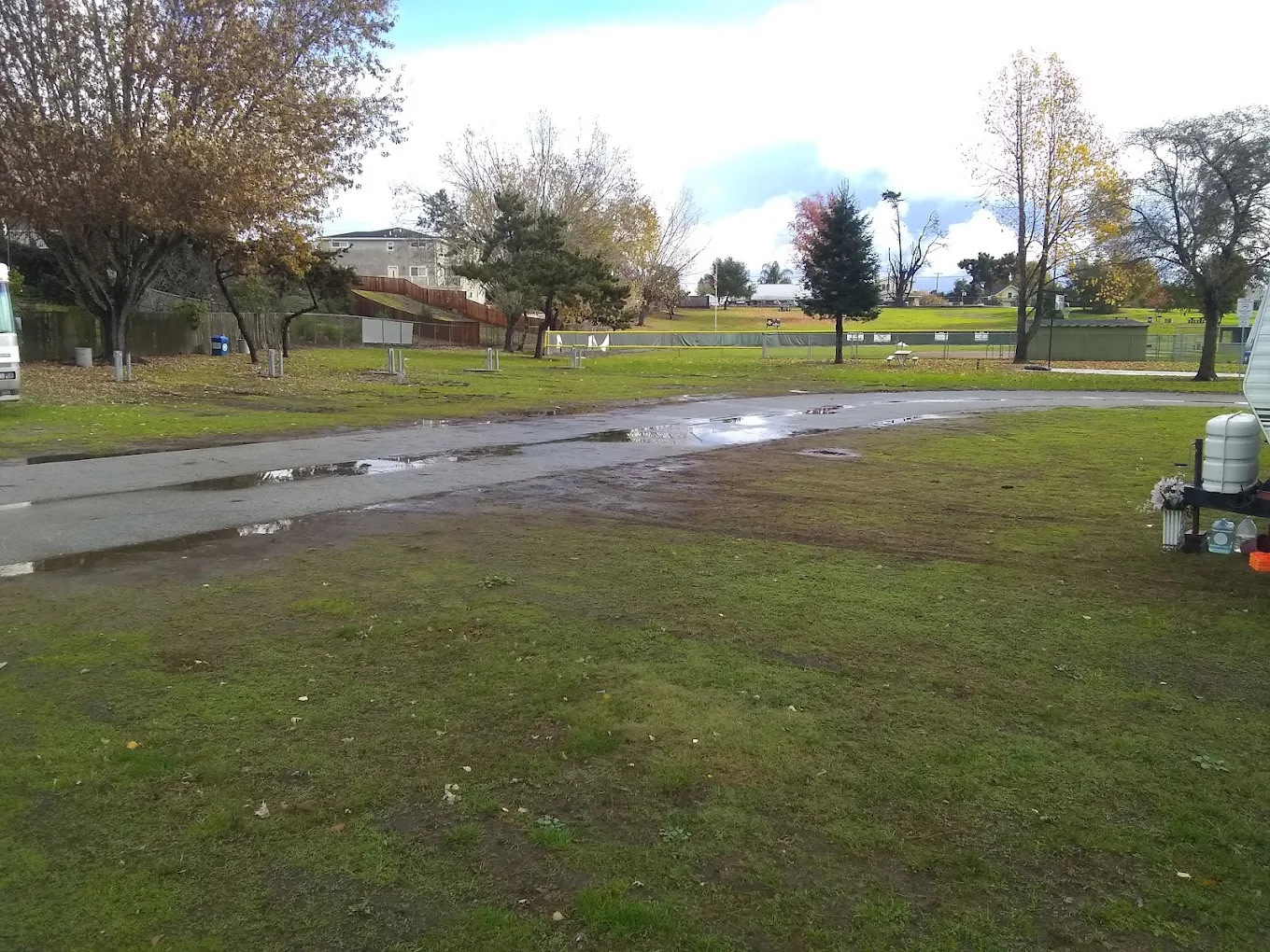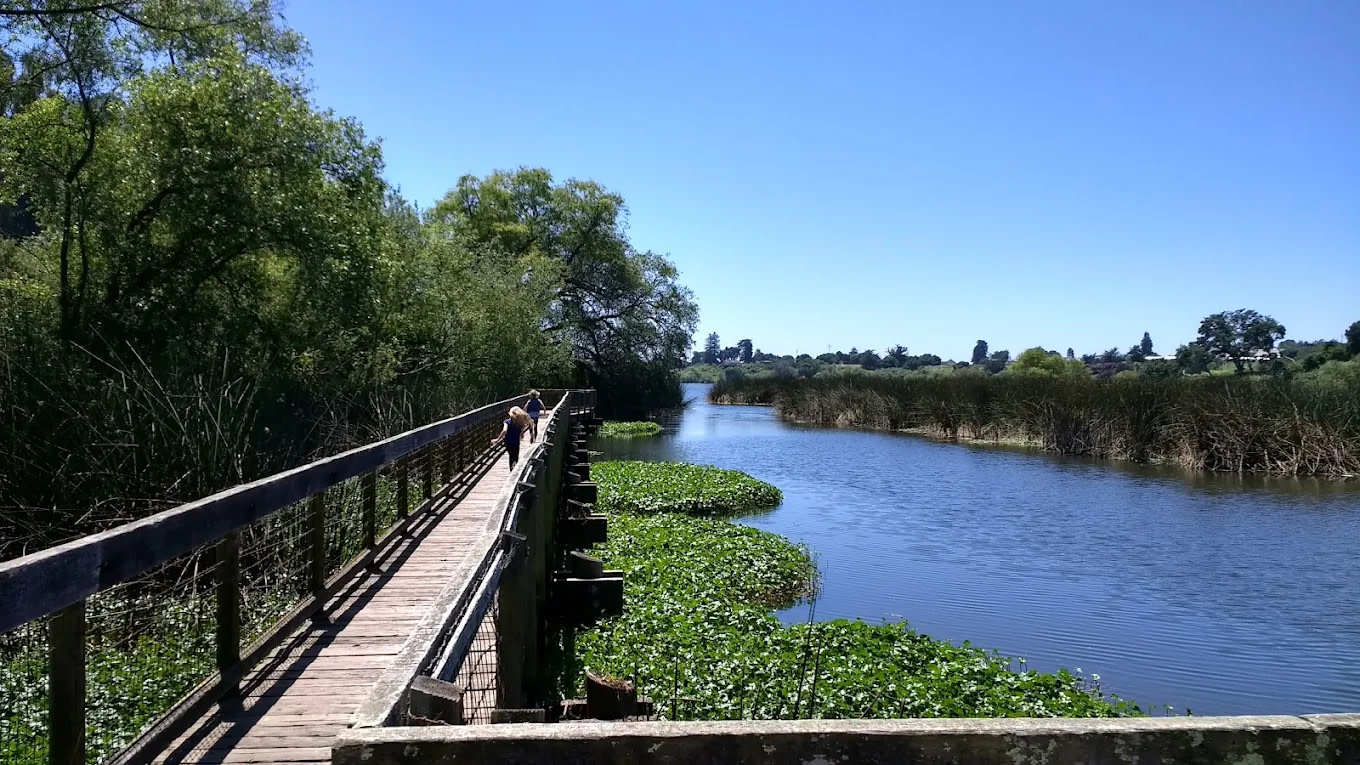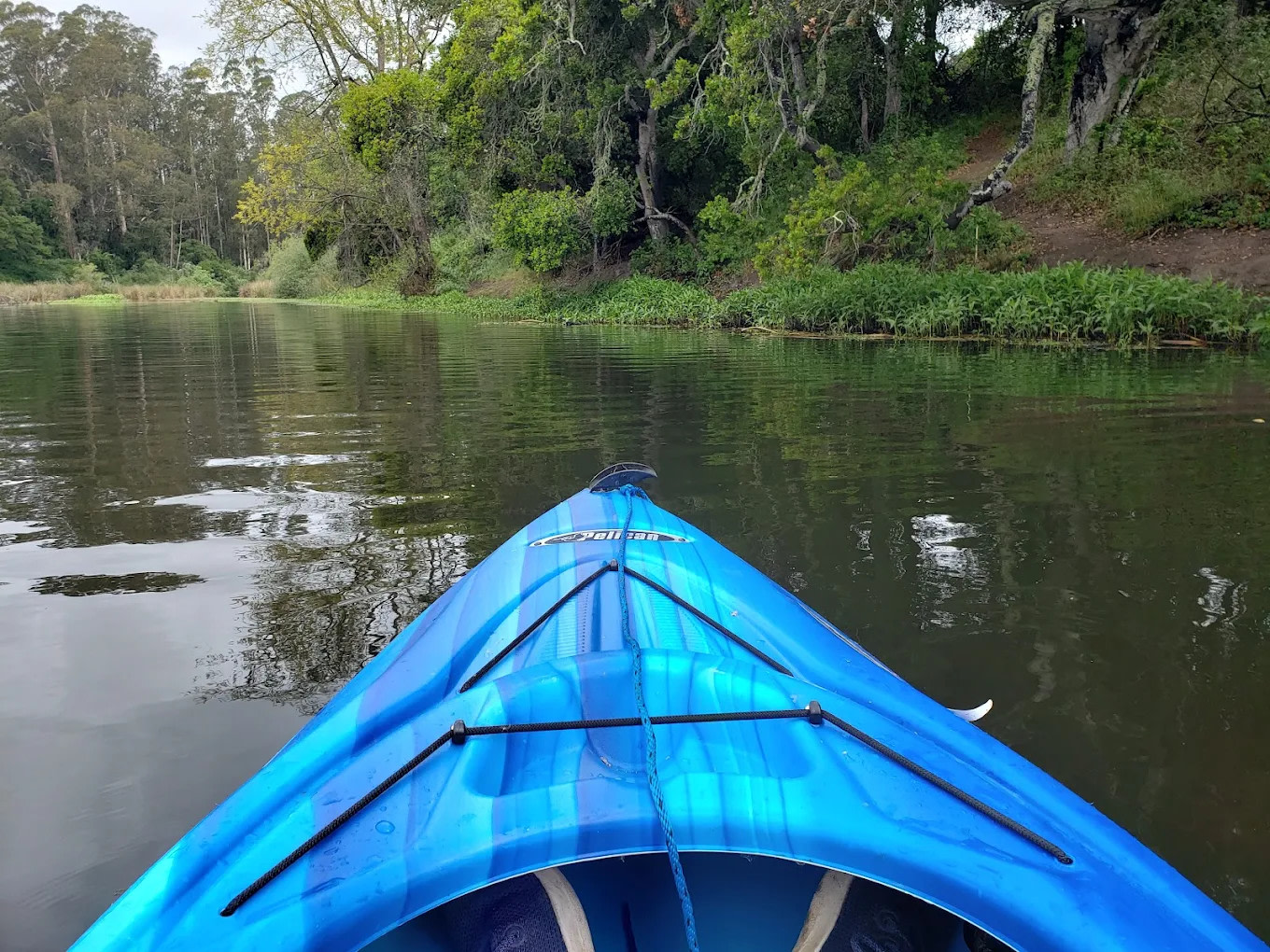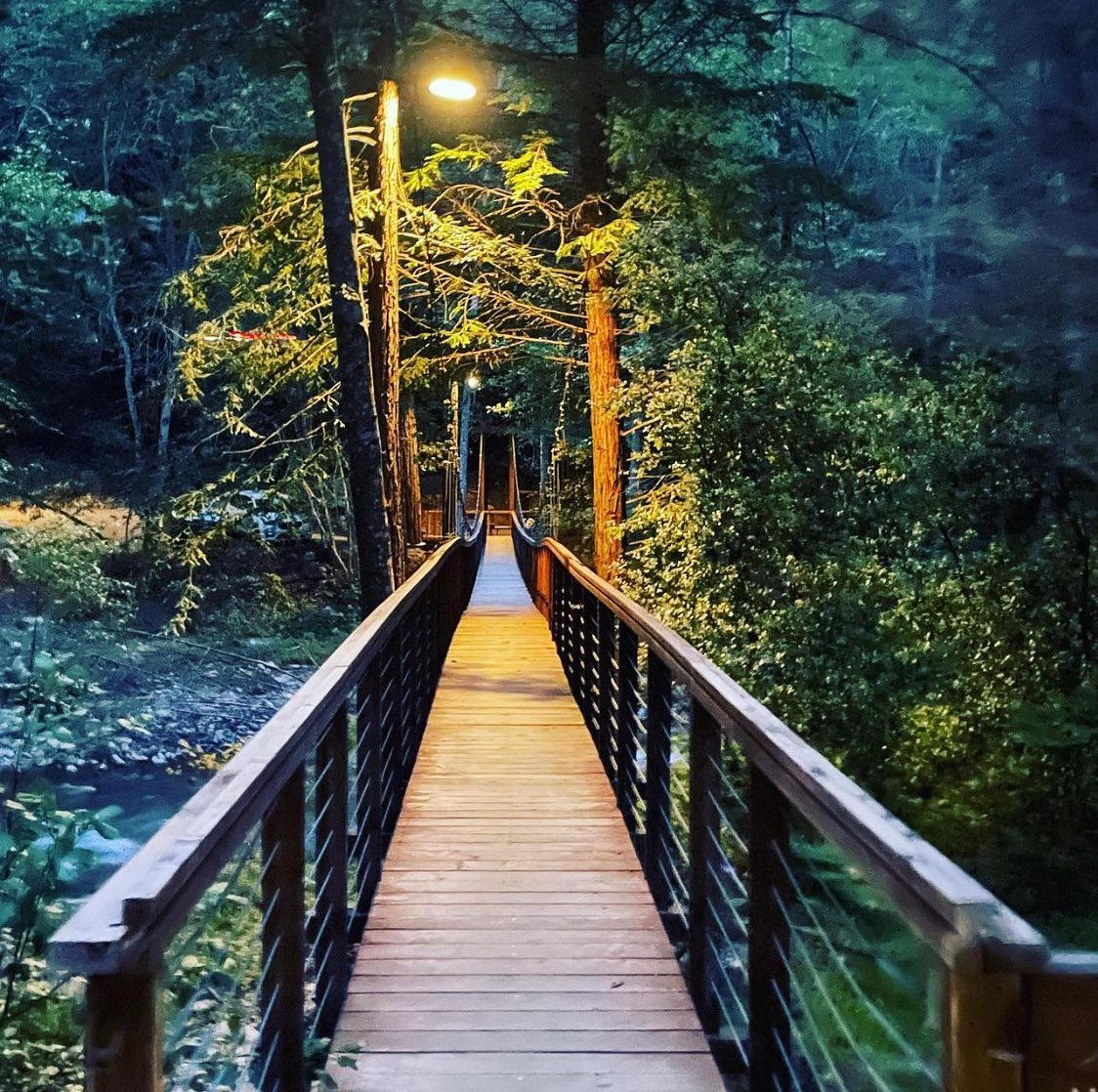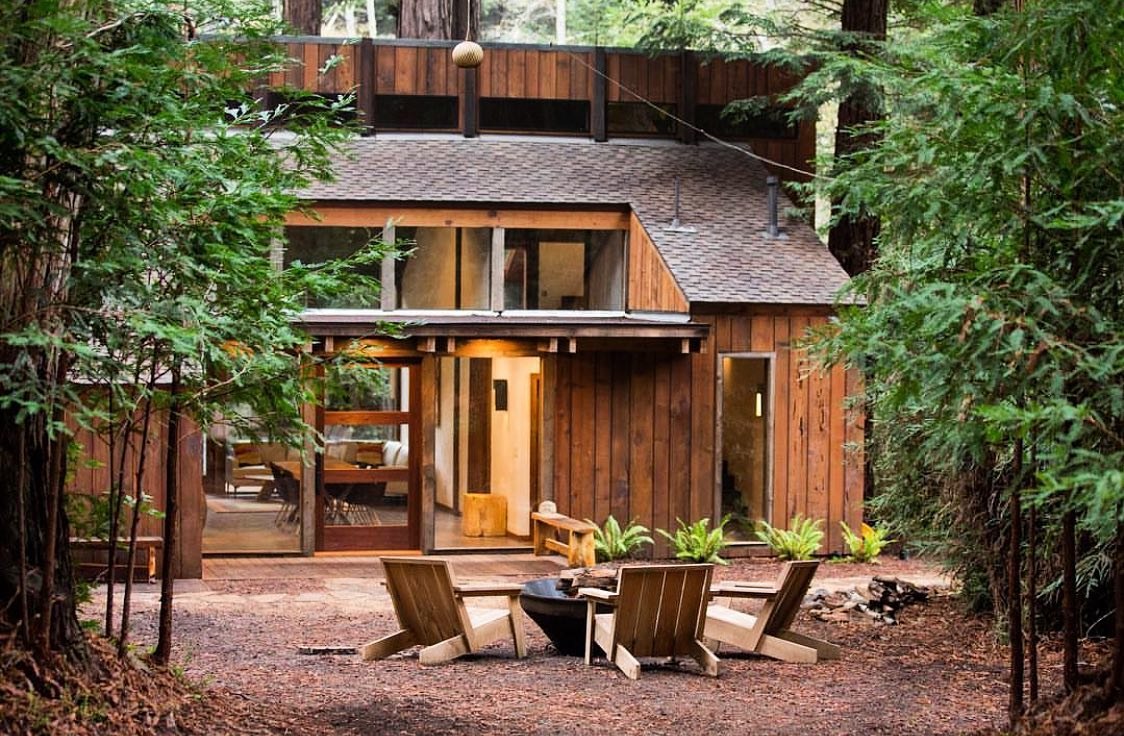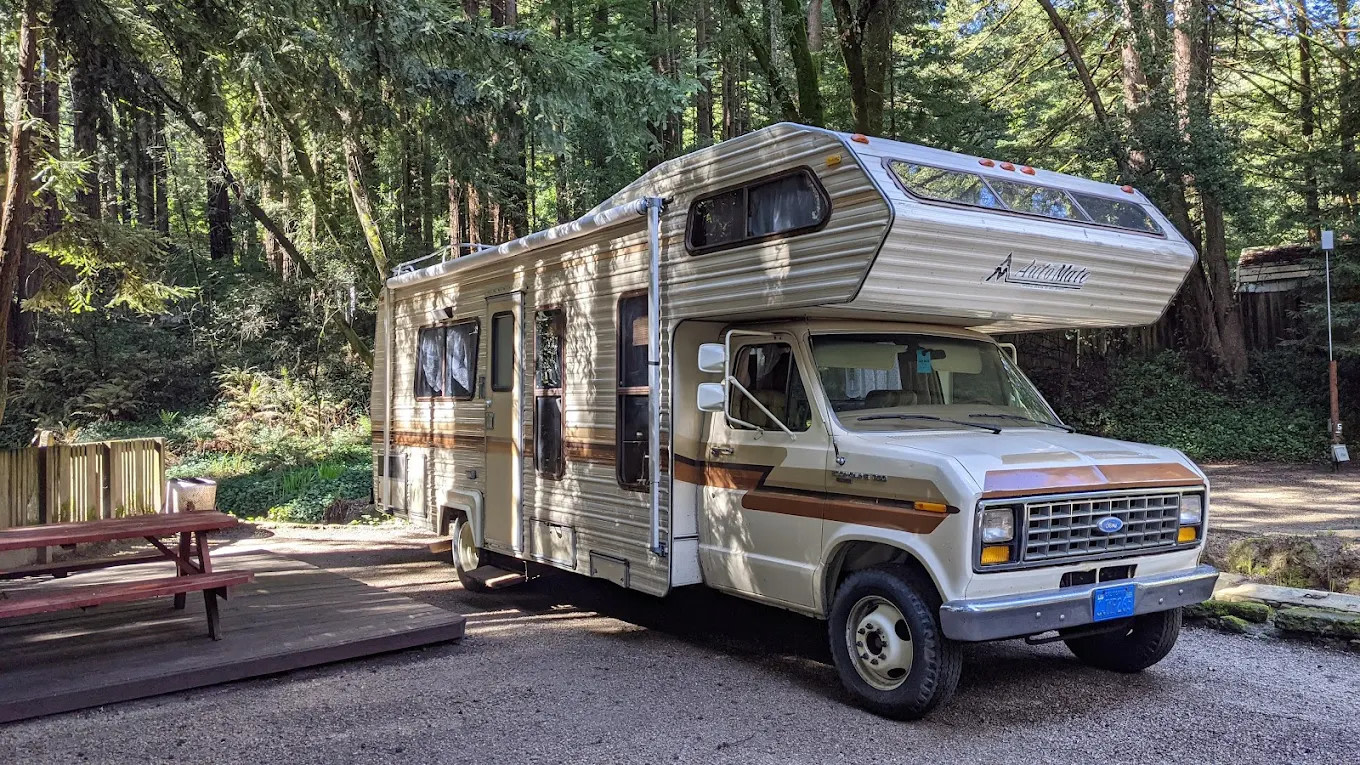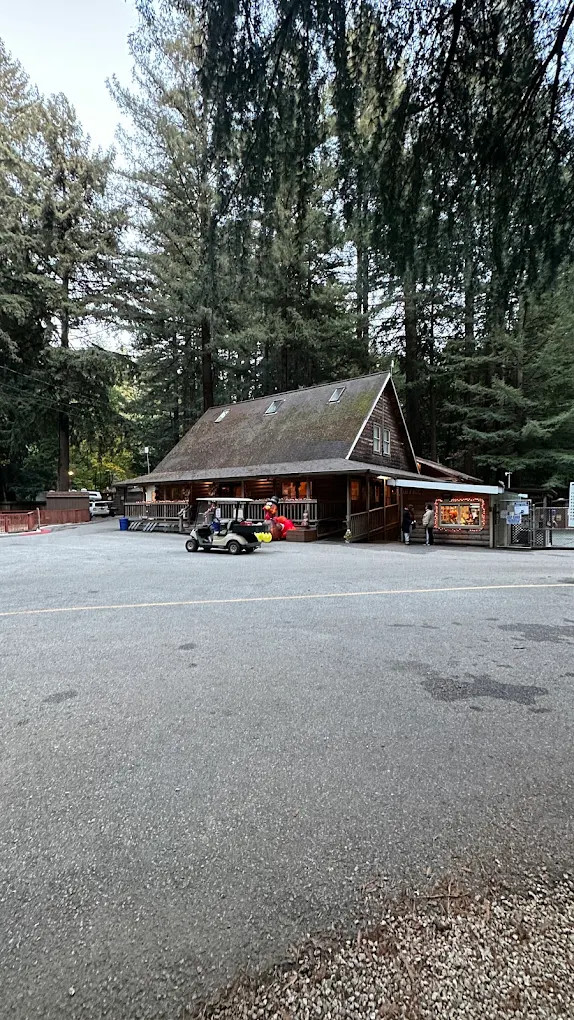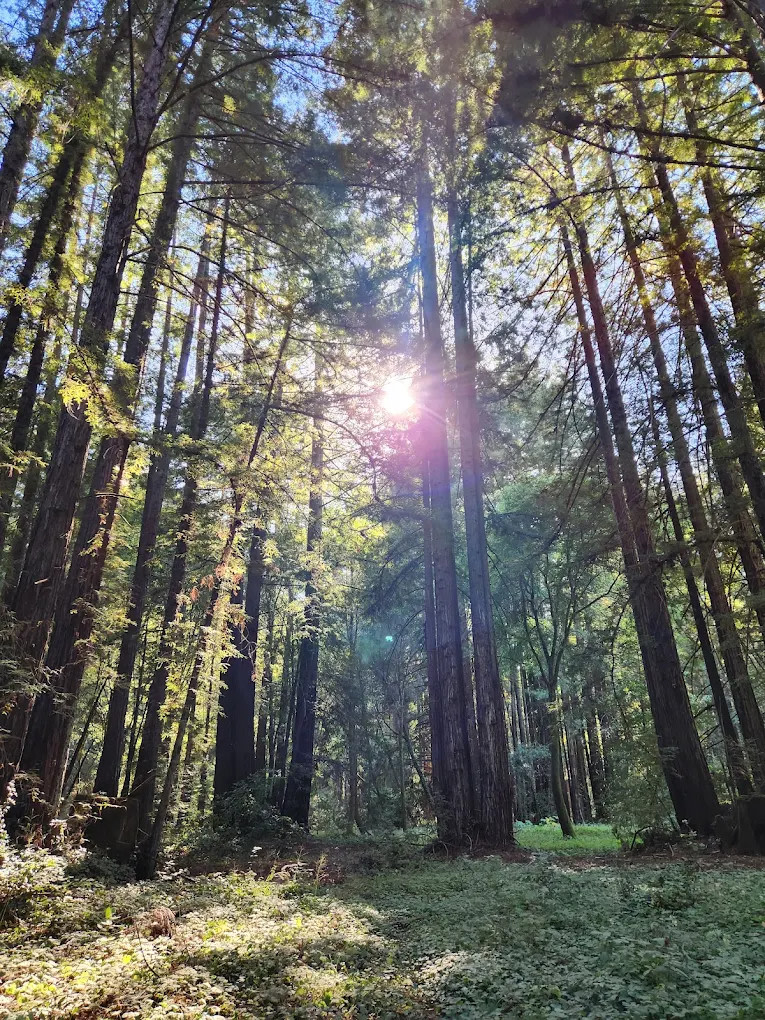- Point Lobos State Natural Reserve
The best camping in Point Lobos State Natural Reserve, CA
The best camping in Point Lobos State Natural Reserve, CA
Discover the most magical spots to pitch your tent or park your rig on your next Point Lobos State Natural Reserve adventure.
Camper favorites near Point Lobos State Natural Reserve
Top-rated campgrounds reviewed by the Hipcamp community.



Recent reviews from the Hipcamp community
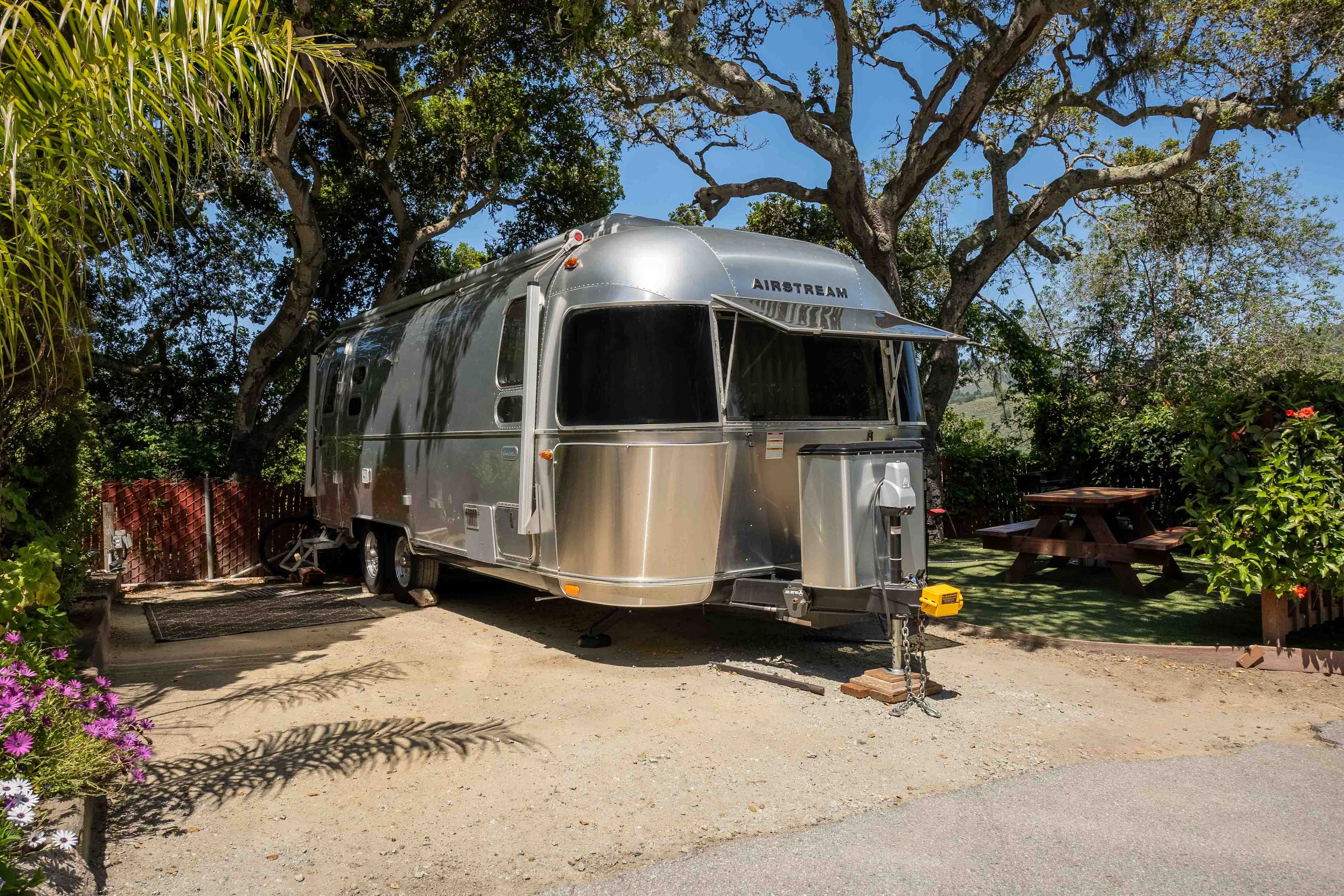


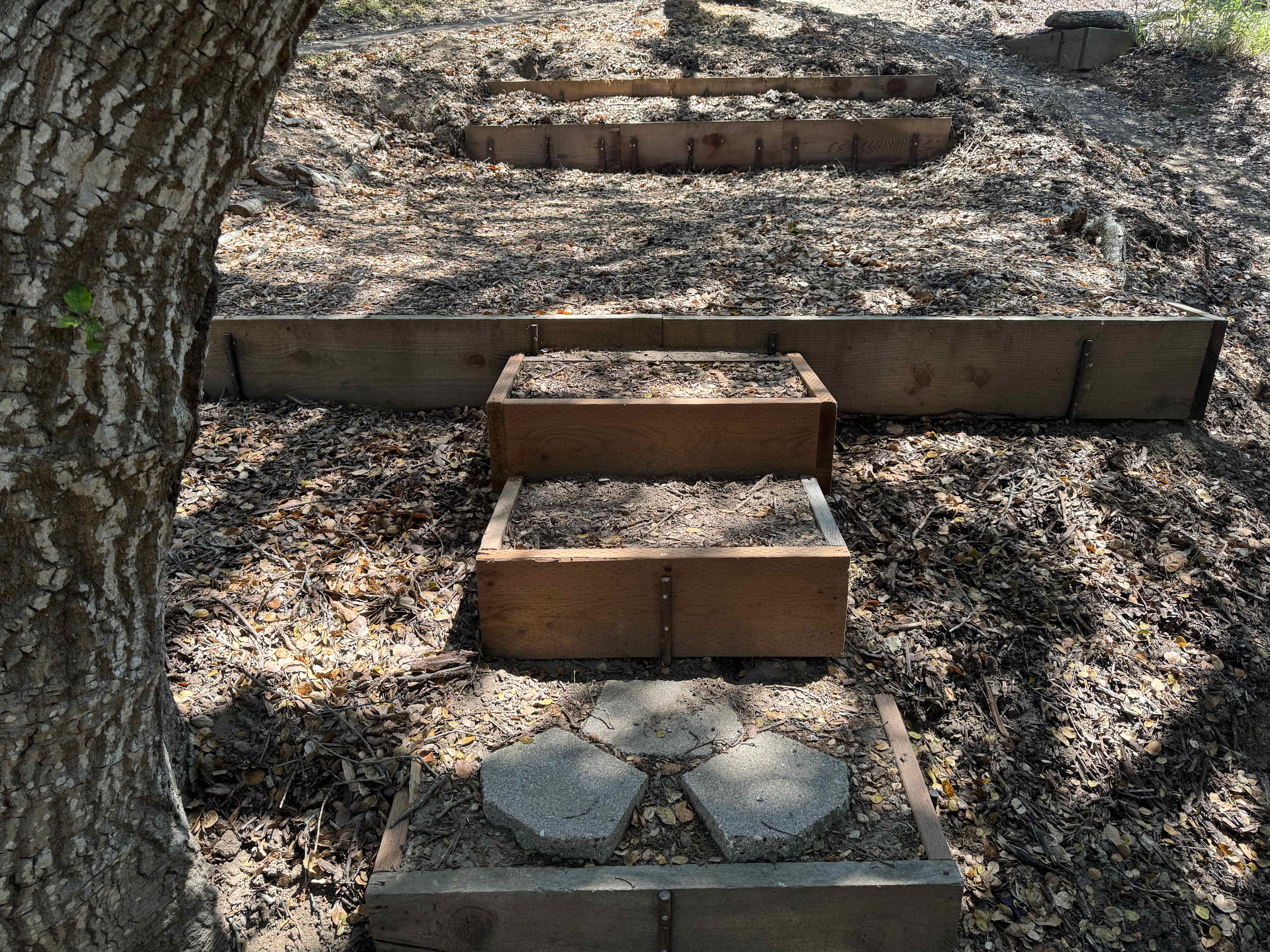
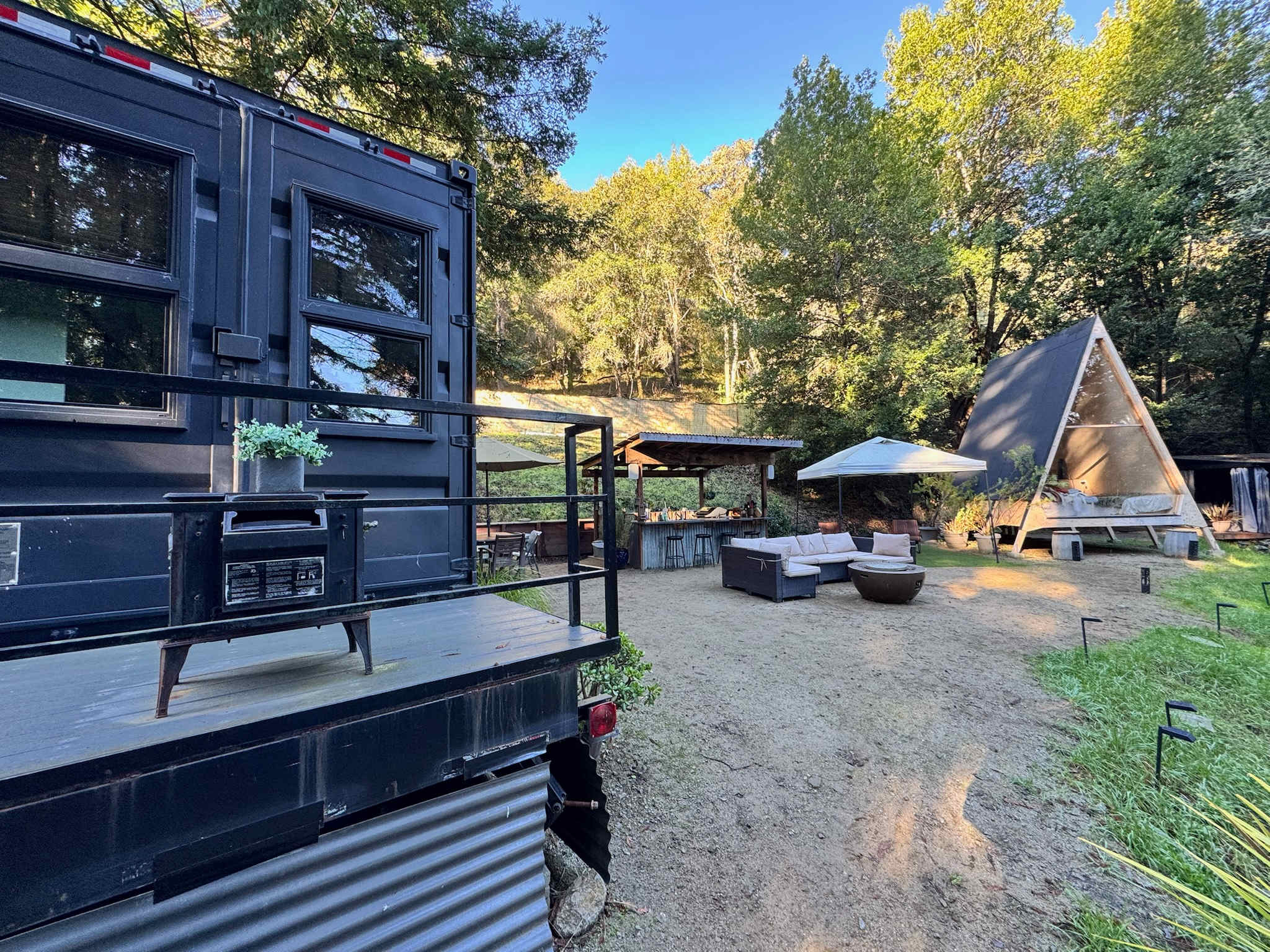
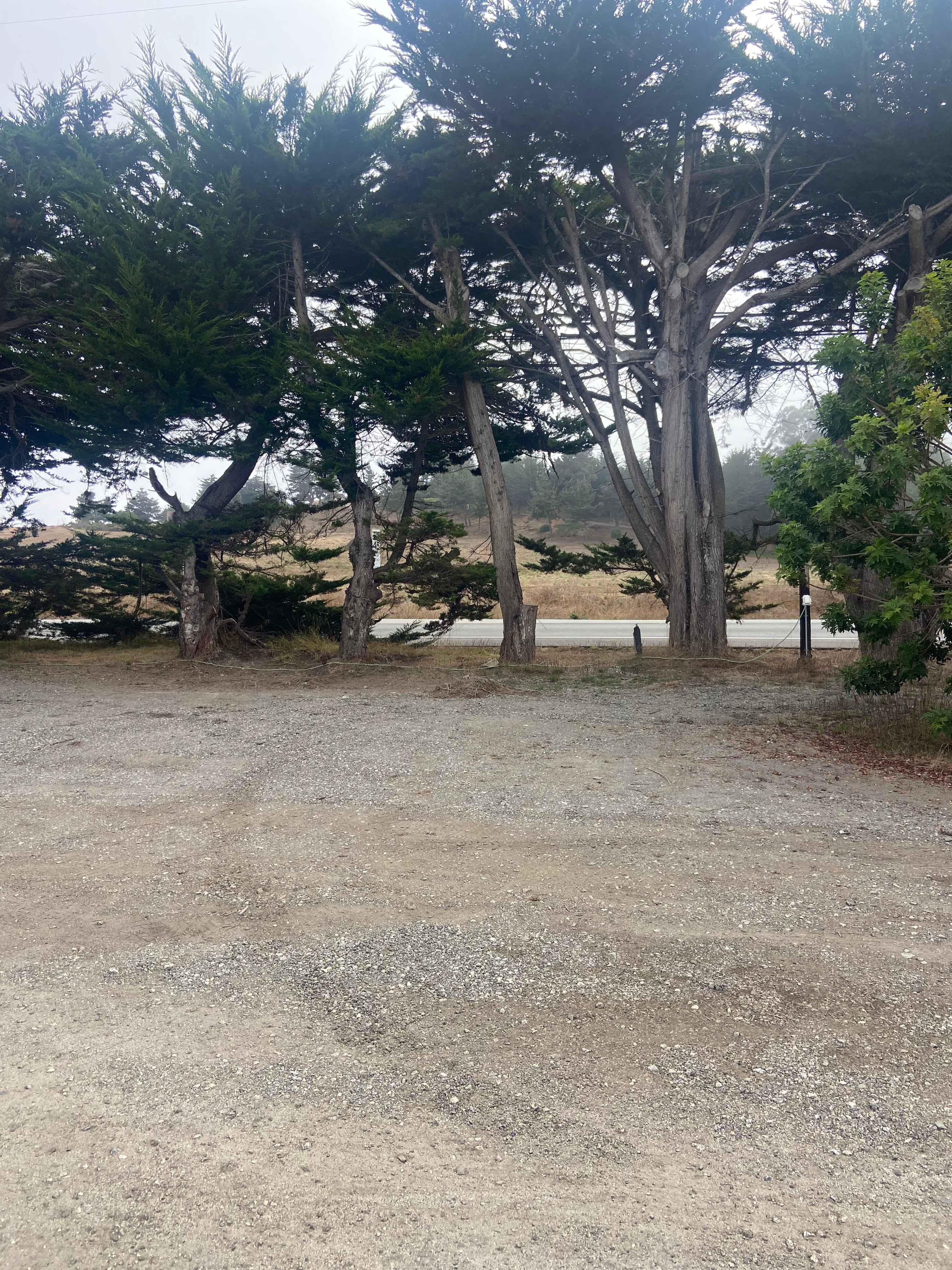

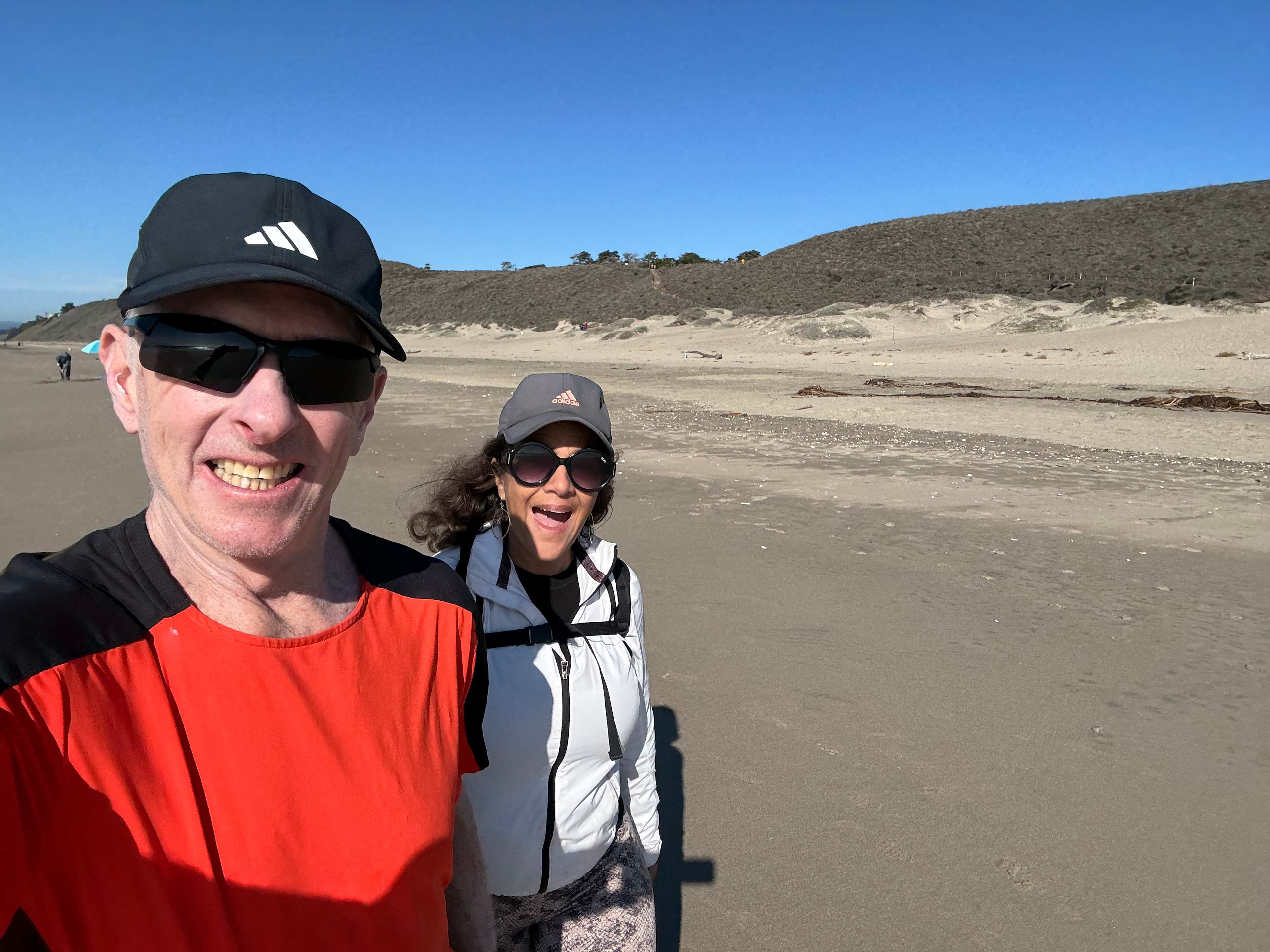



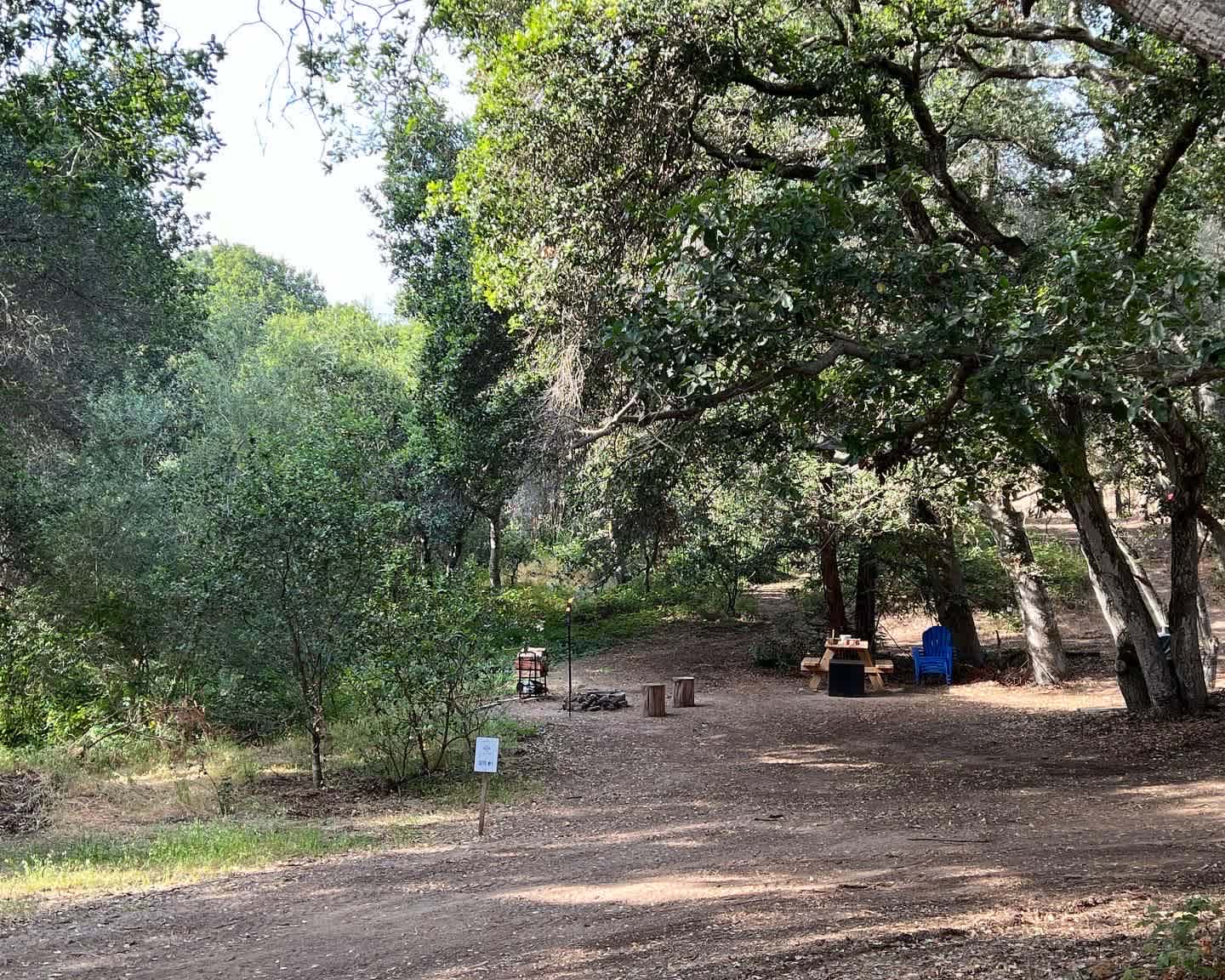



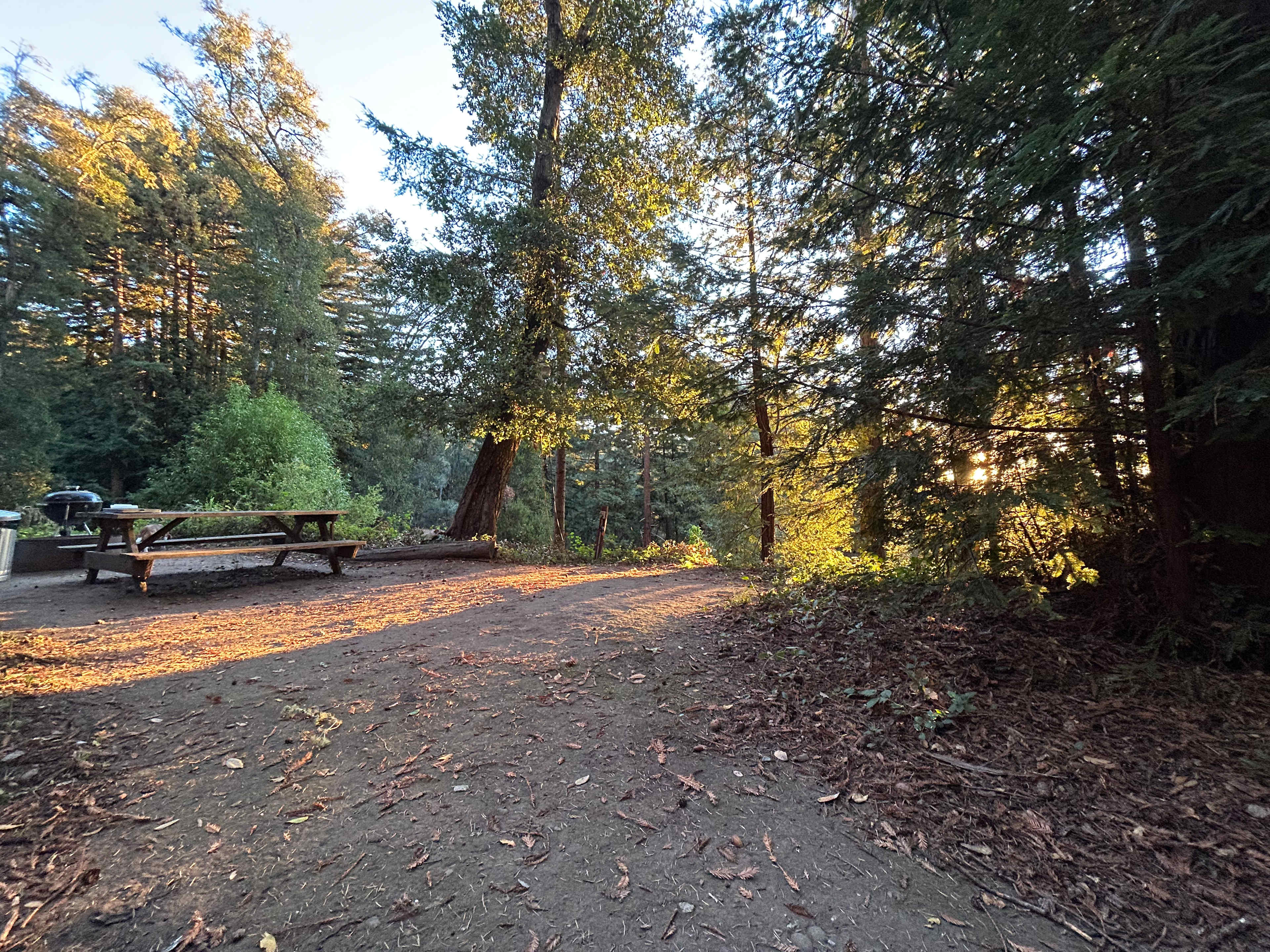

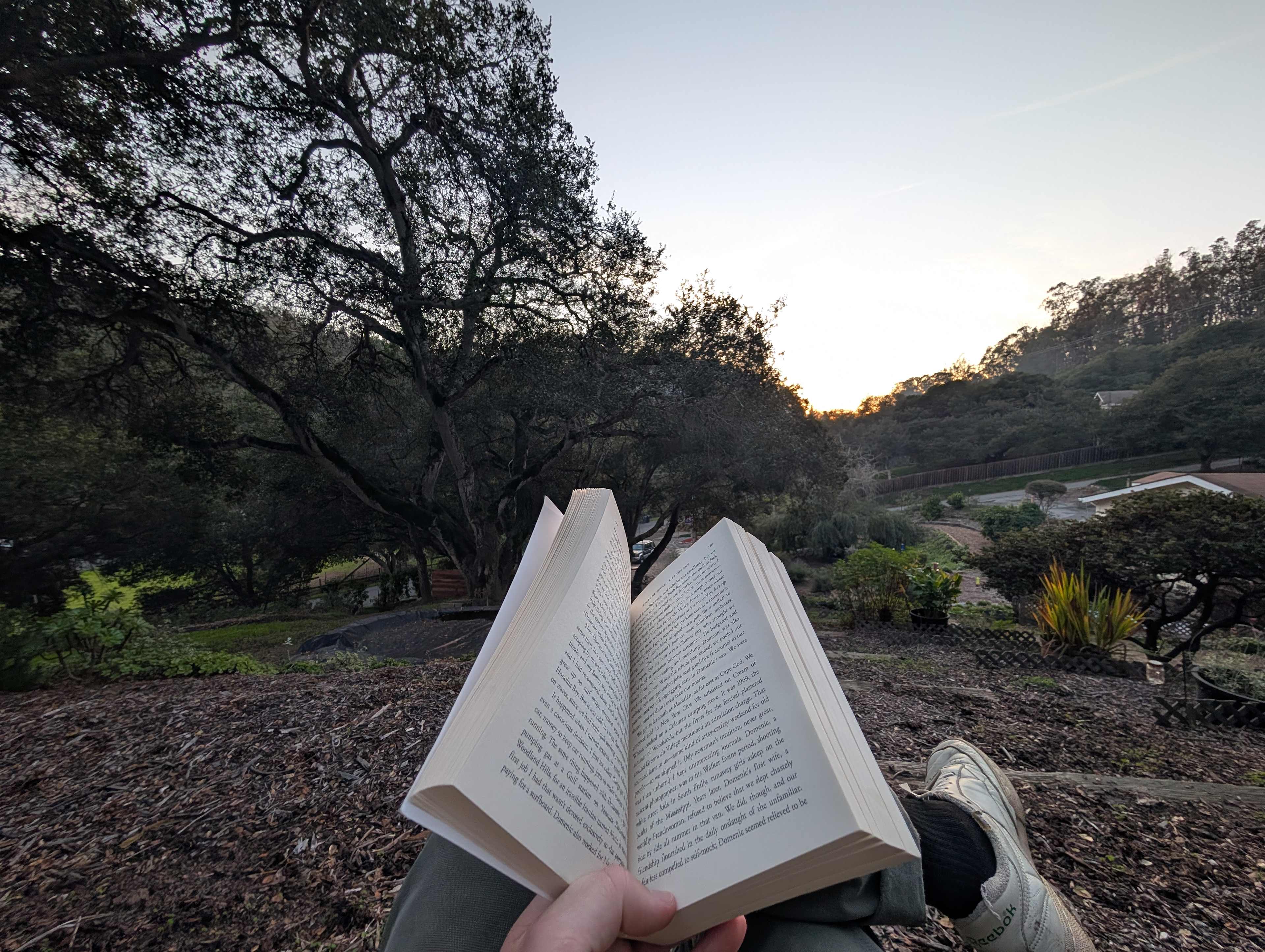
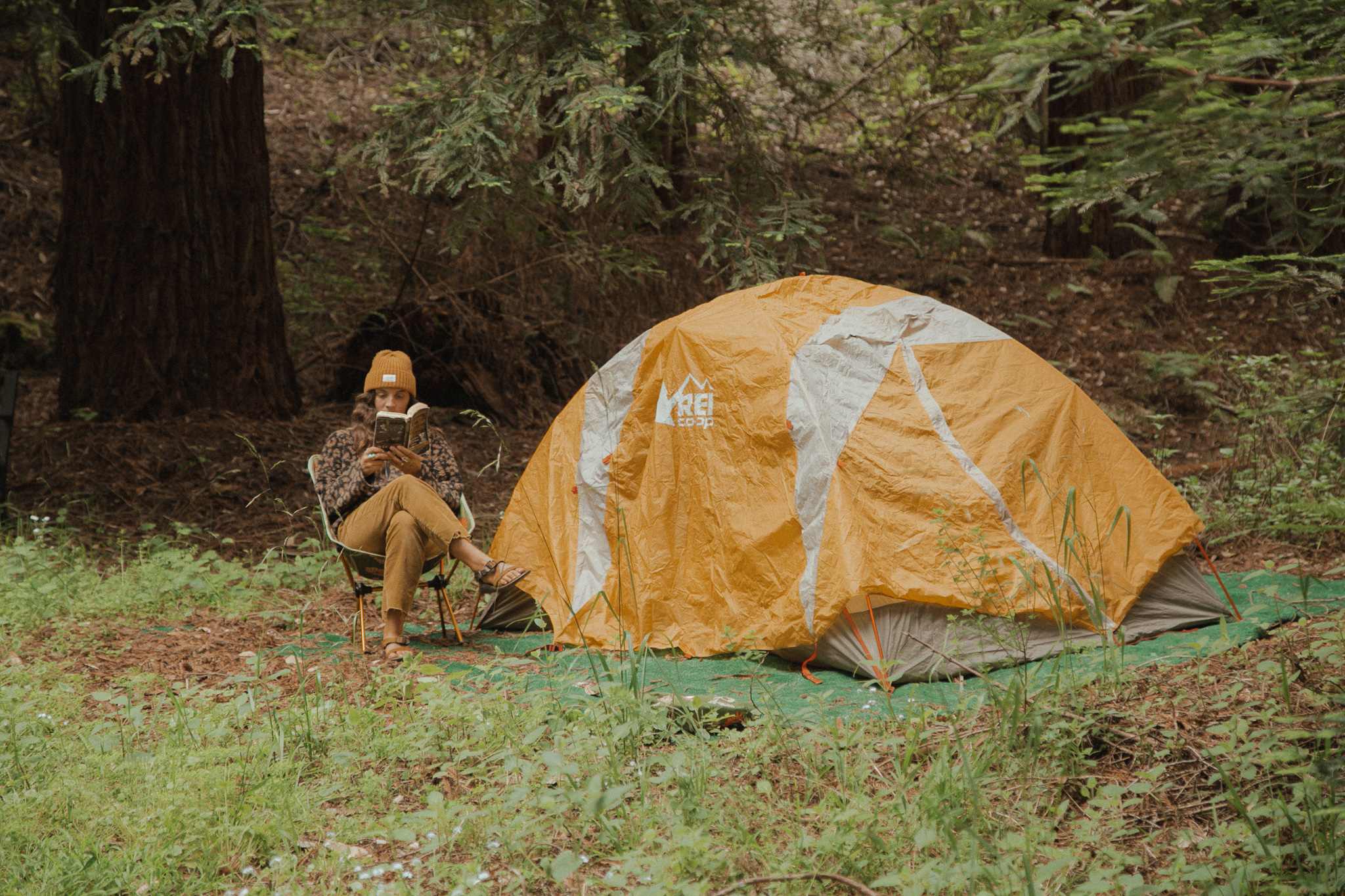
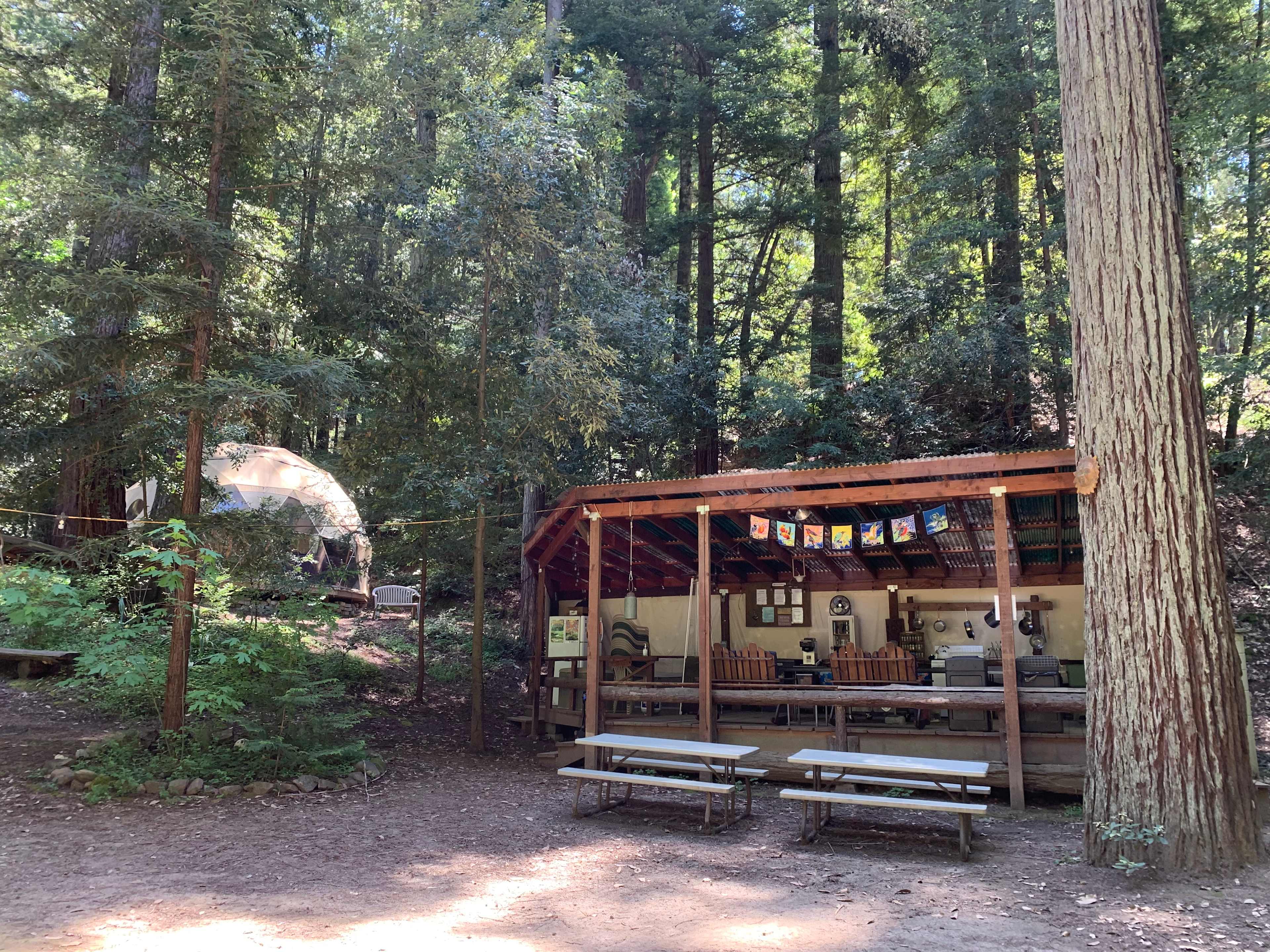
More campsites near Point Lobos State Natural Reserve
The best camping in Point Lobos State Natural Reserve, CA guide
Overview
About
Point Lobos is a natural reserve rather than a park, but its unique natural and cultural resources are state protected. Hipcampers come here to admire the outstanding beauty, including unique geological formations, rich marine life, and rare plants. There is no campground at Point Lobos State Natural Reserve, but you’re welcome to bring a picnic and explore the terrain. Listen to sea lions barking from offshore rocks and scan the ocean waters for migrating gray whales, set off on hiking trails to hidden coves to admire thousands of seabirds, or scuba dive into one of California’s richest marine habitats.
When to go
Point Lobos State Natural Reserve is strictly a day-use facility—all visitors must exit by 5pm. Fair weather is typical year-round on the central coast, with sunny and dry—albeit foggy—days during summer and occasional winter rains. July through September is peak season, especially on weekends and holidays. The best time to see gray whales on their migratory route is December through May.
Know before you go
- Vehicles more than 21 feet long are not allowed to drive or park within Point Lobos State Natural Reserve. No dogs are allowed—not even inside parked vehicles.
- Bikes are prohibited on all trails, but they are welcome on the pavement. Skateboarding is not allowed anywhere.
- Scuba divers must be certified to explore the reserve.
- Do not collect shells, rocks, wood, plants, or animals, which are protected by law.
- Alcohol consumption, smoking, and fires of all types are prohibited, including small cookstoves.



